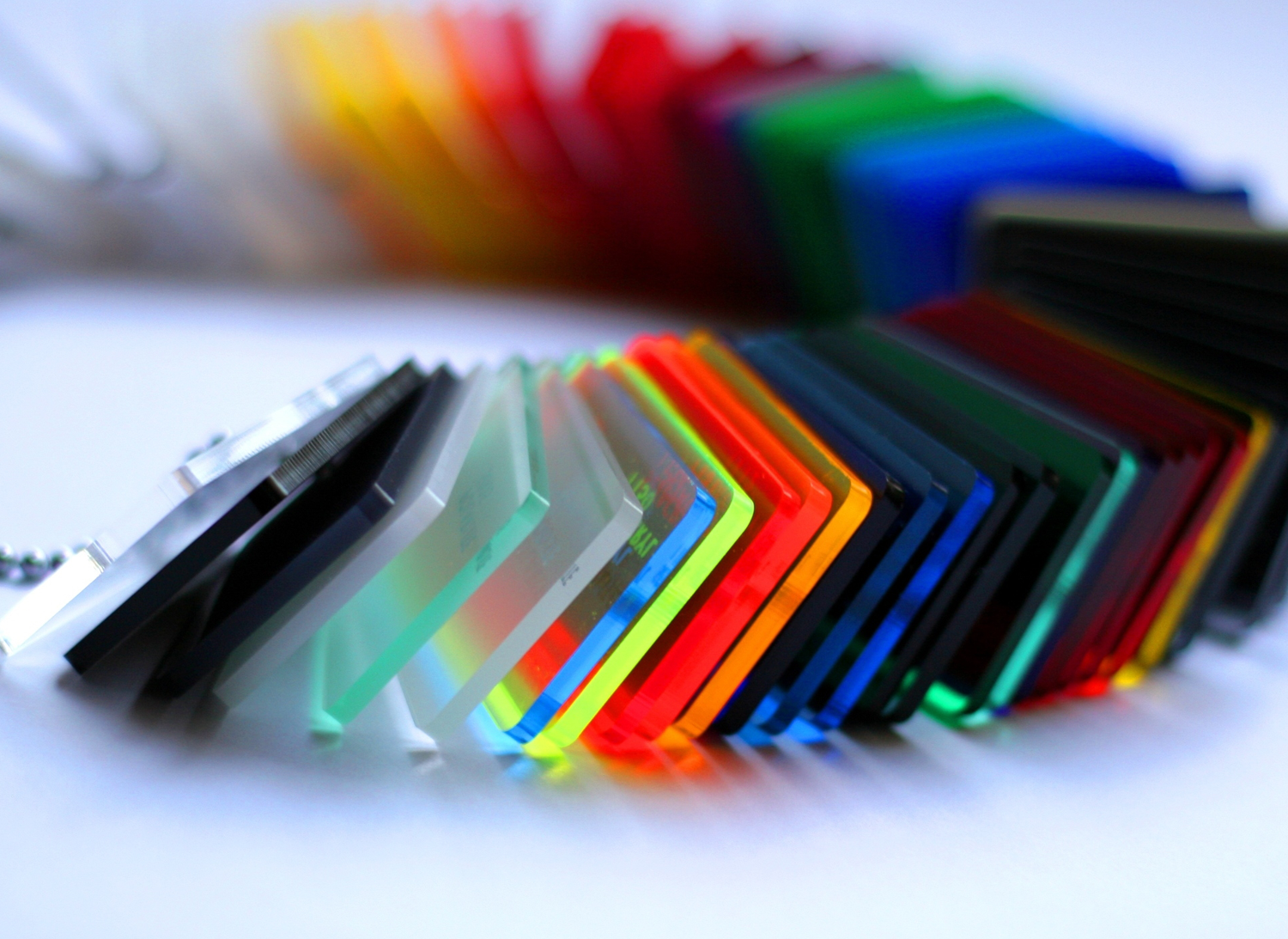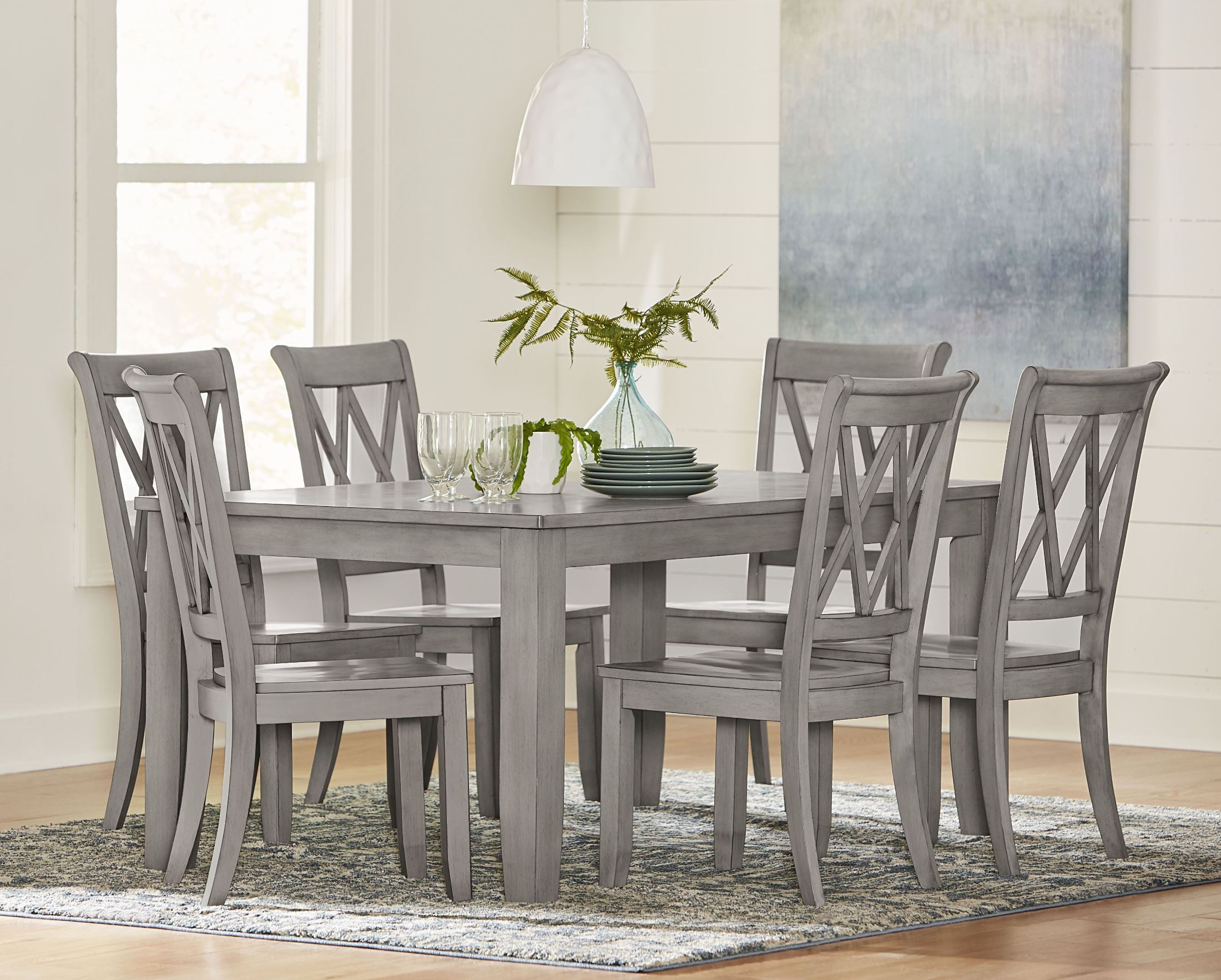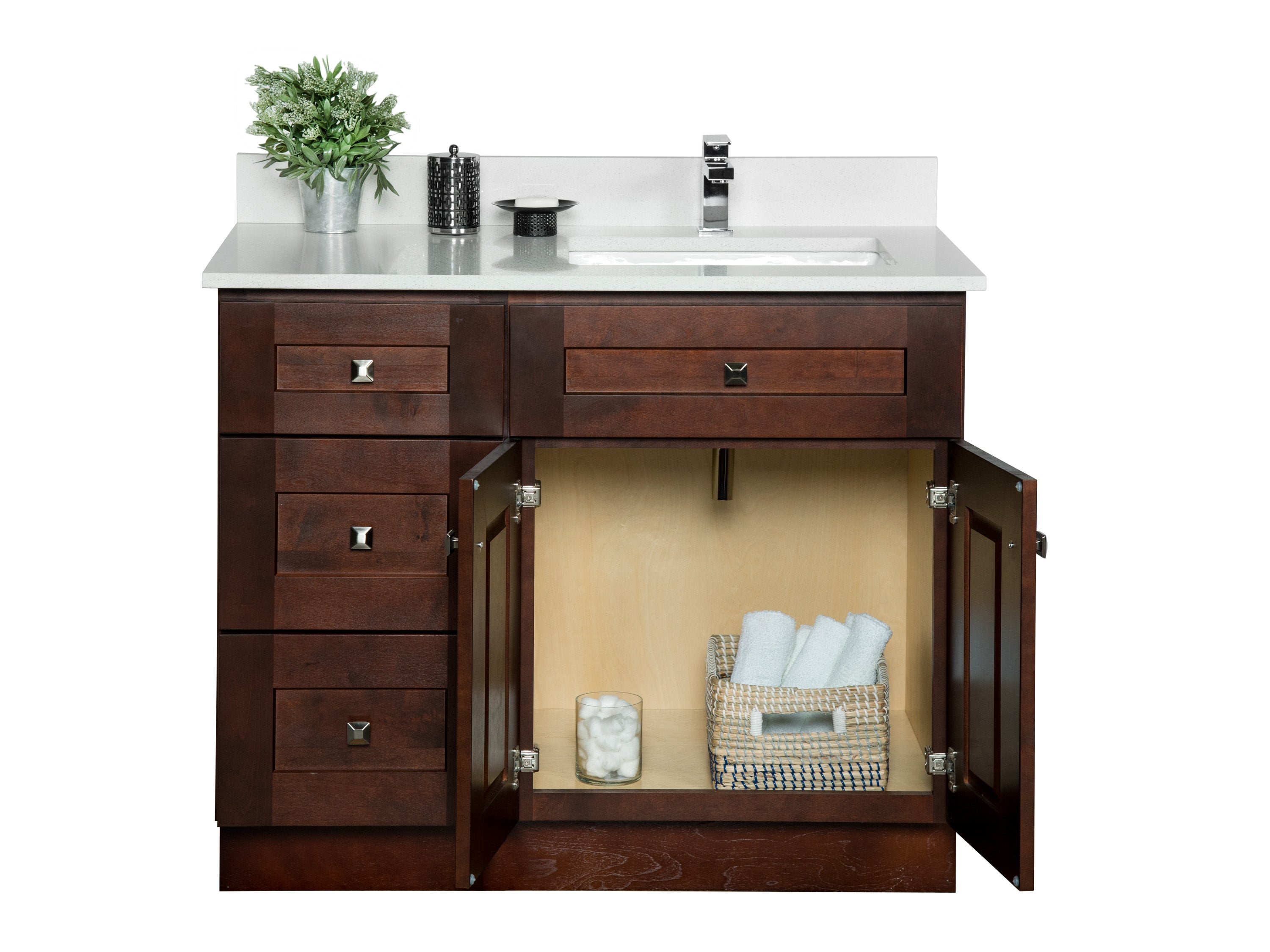Marble is a classic and luxurious material that has been used in bathroom vanities for centuries. Its elegant appearance and natural veining make it a popular choice for homeowners looking to add a touch of sophistication to their bathroom. While it may be more expensive than other materials, the beauty and durability of marble make it a worthwhile investment for your bathroom vanity. Marble
Similar to marble, granite is a natural stone that is known for its durability and timeless beauty. Its unique patterns and colors add character to any bathroom and can elevate the overall design. Granite is also resistant to heat and scratches, making it a practical choice for a bathroom that experiences heavy use. Granite
Quartz, also known as engineered stone, is a man-made material that is gaining popularity in the world of bathroom vanities. It is composed of natural quartz crystals and resin, creating a strong and non-porous surface that is resistant to stains and bacteria. With a wide range of colors and patterns to choose from, quartz offers endless design possibilities for your bathroom vanity. Quartz
Solid surface materials, such as Corian or Avonite, are a blend of acrylic and polyester resins that create a seamless and durable surface for bathroom vanities. These materials are non-porous and resistant to stains and bacteria, making them easy to clean and maintain. They also come in a variety of colors and can even be custom-made to fit your specific design needs. Solid Surface
Laminate is a budget-friendly option for those looking to update their bathroom vanity without breaking the bank. It is composed of layers of paper and resin that are bonded together, creating a durable and easy-to-clean surface. While it may not have the same luxurious look as other materials, laminate comes in a variety of colors and patterns, making it a versatile choice for any bathroom. Laminate
Wooden bathroom vanities add a warm and natural element to any bathroom. They come in a variety of wood types, such as oak, maple, and pine, and can be stained or painted to match your desired aesthetic. However, wood is a porous material and may require regular maintenance to prevent water damage. It is also important to use a sealant to protect the wood from moisture in the bathroom. Wood
Ceramic is a popular choice for bathroom vanities due to its affordability and durability. It is a type of clay that is fired at high temperatures, creating a strong and non-porous surface. Ceramic is also resistant to stains and scratches, making it a practical option for a bathroom vanity. It comes in a variety of colors and can even mimic the look of other materials, such as marble or granite. Ceramic
Porcelain is a type of ceramic that is fired at even higher temperatures, making it even stronger and more durable. It is also less porous than ceramic, making it more resistant to stains and water damage. Porcelain is available in a wide range of colors and can even have a glossy or matte finish, giving you even more design options for your bathroom vanity. Porcelain
Engineered stone, also known as composite stone, is a blend of natural stone and resins that create a strong and durable material for bathroom vanities. It is non-porous and resistant to stains, making it easy to clean and maintain. With a wide range of colors and patterns to choose from, engineered stone offers the look of natural stone without the high cost. Engineered Stone
Acrylic is a type of plastic that is often used in bathroom vanities due to its affordability and versatility. It is lightweight, making it easy to install, and comes in a variety of colors and finishes. Acrylic is also resistant to stains and scratches, making it a practical choice for a high-traffic bathroom. However, it may not have the same level of durability as other materials and may be prone to scratches and chips. Acrylic
Choosing the Best Bathroom Vanity Material
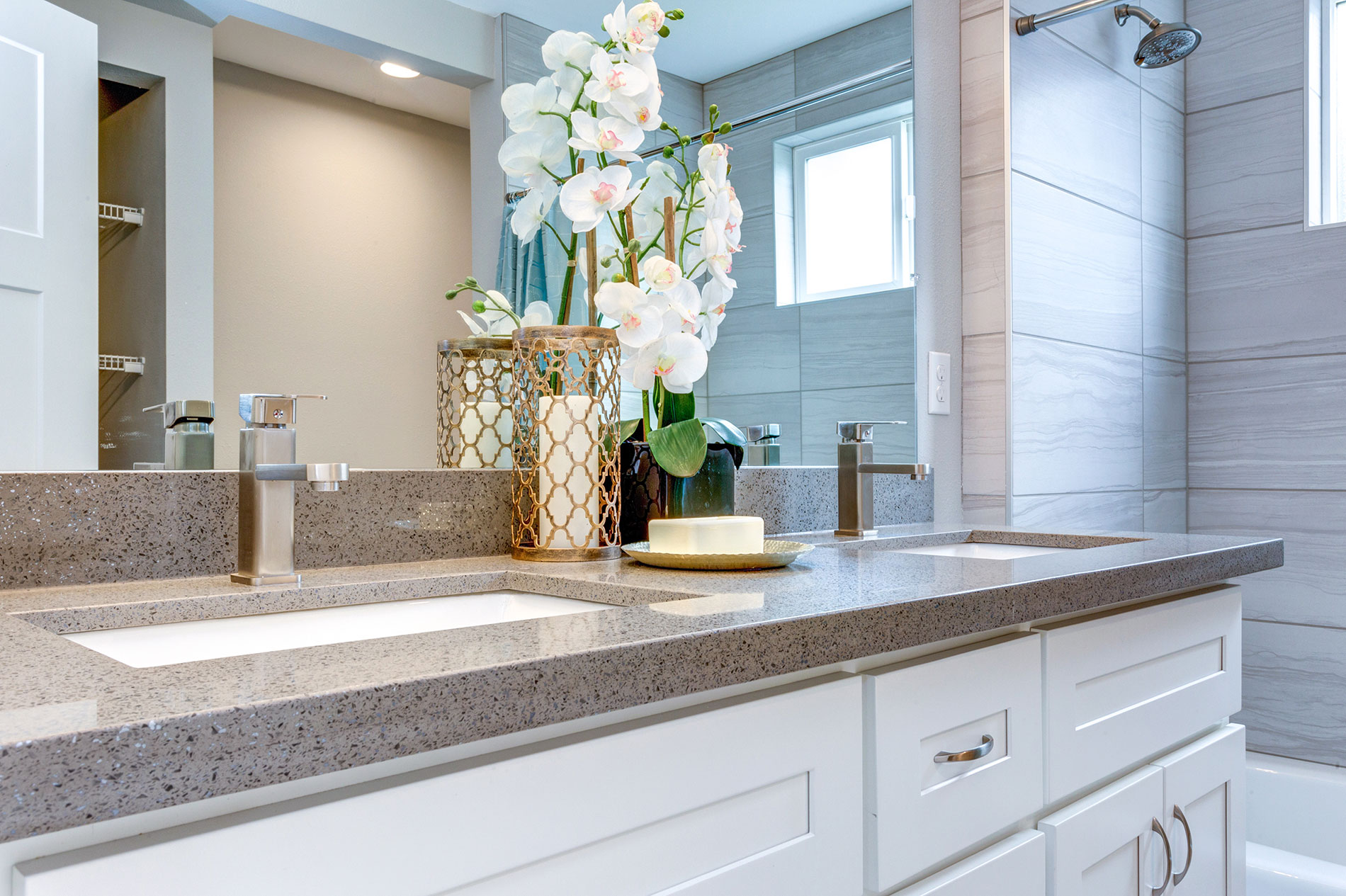 When it comes to designing or renovating a bathroom, one of the most important elements to consider is the
bathroom vanity
. Not only does it serve as a functional space for storage and grooming, but it also plays a significant role in the overall aesthetic of the room. With a wide range of materials available, choosing the right one for your bathroom vanity can be overwhelming. In this article, we will explore the
best bathroom vanity materials
and help you make an informed decision for your home.
When it comes to designing or renovating a bathroom, one of the most important elements to consider is the
bathroom vanity
. Not only does it serve as a functional space for storage and grooming, but it also plays a significant role in the overall aesthetic of the room. With a wide range of materials available, choosing the right one for your bathroom vanity can be overwhelming. In this article, we will explore the
best bathroom vanity materials
and help you make an informed decision for your home.
Marble
 Marble is a timeless and luxurious material that has been used for centuries in various architectural and design applications. It is a popular choice for bathroom vanities due to its durability, elegance, and versatility.
Marble vanities
come in a variety of colors and patterns, making them a perfect choice for any style of bathroom. However, it is important to note that marble is a porous stone and may require sealing to prevent staining and etching from harsh chemicals.
Marble is a timeless and luxurious material that has been used for centuries in various architectural and design applications. It is a popular choice for bathroom vanities due to its durability, elegance, and versatility.
Marble vanities
come in a variety of colors and patterns, making them a perfect choice for any style of bathroom. However, it is important to note that marble is a porous stone and may require sealing to prevent staining and etching from harsh chemicals.
Wood
 Wooden vanities add warmth and character to any bathroom. They are available in a variety of wood types such as oak, maple, and cherry, each with its own unique grain and color.
Wooden vanities
can be stained or painted to match any design aesthetic, making them a versatile option for any bathroom. However, they may require more maintenance and care, as they are susceptible to water damage.
Wooden vanities add warmth and character to any bathroom. They are available in a variety of wood types such as oak, maple, and cherry, each with its own unique grain and color.
Wooden vanities
can be stained or painted to match any design aesthetic, making them a versatile option for any bathroom. However, they may require more maintenance and care, as they are susceptible to water damage.
Quartz
 Quartz is a man-made material that is gaining popularity for bathroom vanities. It is a durable and non-porous material, making it resistant to stains and scratches.
Quartz vanities
come in a variety of colors and patterns, making them a versatile choice for any bathroom design. They are also low maintenance, as they do not require sealing like natural stone materials.
Quartz is a man-made material that is gaining popularity for bathroom vanities. It is a durable and non-porous material, making it resistant to stains and scratches.
Quartz vanities
come in a variety of colors and patterns, making them a versatile choice for any bathroom design. They are also low maintenance, as they do not require sealing like natural stone materials.
Porcelain
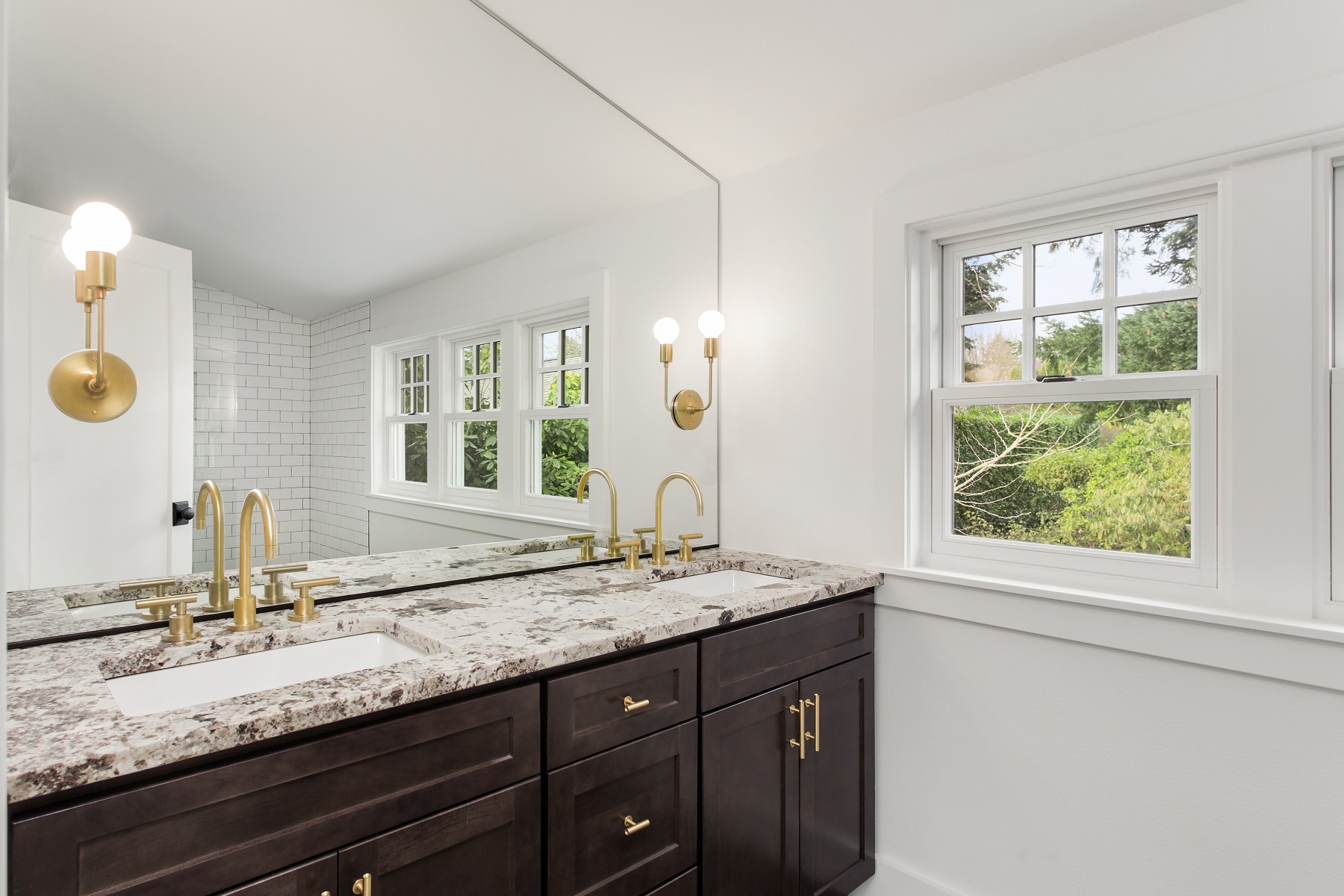 Porcelain is a type of ceramic material that is commonly used in bathroom vanities. It is a durable and budget-friendly option that is available in a variety of colors and finishes.
Porcelain vanities
are also resistant to stains and scratches, making them a practical choice for a busy bathroom. However, they may chip or crack if not handled carefully.
Conclusion
Choosing the best bathroom vanity material ultimately depends on your personal preferences and budget. Each material has its own unique pros and cons, so it is important to carefully consider your needs and the overall design of your bathroom. Whether you choose a luxurious marble vanity or a budget-friendly porcelain one, make sure to maintain it properly to ensure its longevity and beauty in your bathroom.
Porcelain is a type of ceramic material that is commonly used in bathroom vanities. It is a durable and budget-friendly option that is available in a variety of colors and finishes.
Porcelain vanities
are also resistant to stains and scratches, making them a practical choice for a busy bathroom. However, they may chip or crack if not handled carefully.
Conclusion
Choosing the best bathroom vanity material ultimately depends on your personal preferences and budget. Each material has its own unique pros and cons, so it is important to carefully consider your needs and the overall design of your bathroom. Whether you choose a luxurious marble vanity or a budget-friendly porcelain one, make sure to maintain it properly to ensure its longevity and beauty in your bathroom.
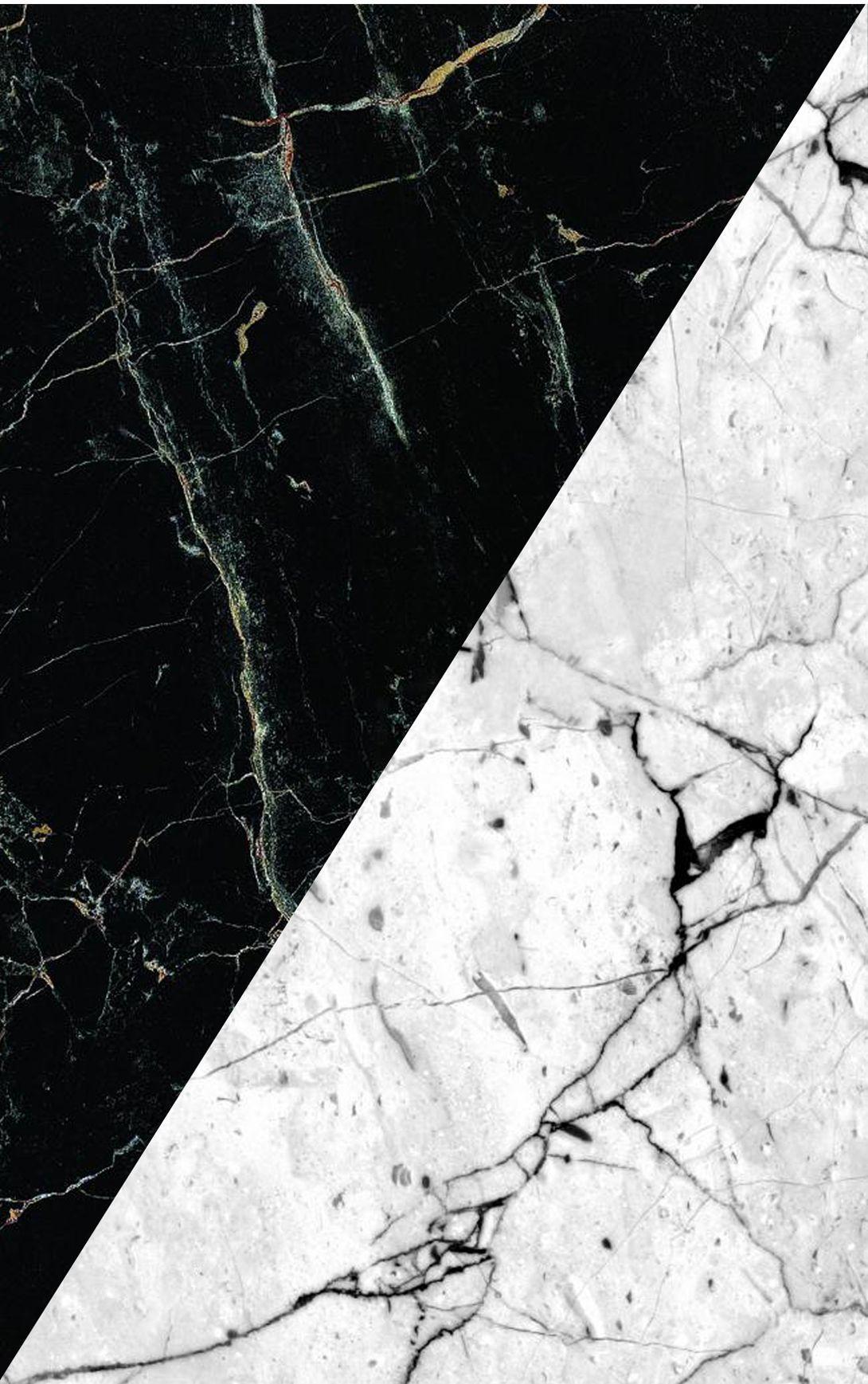


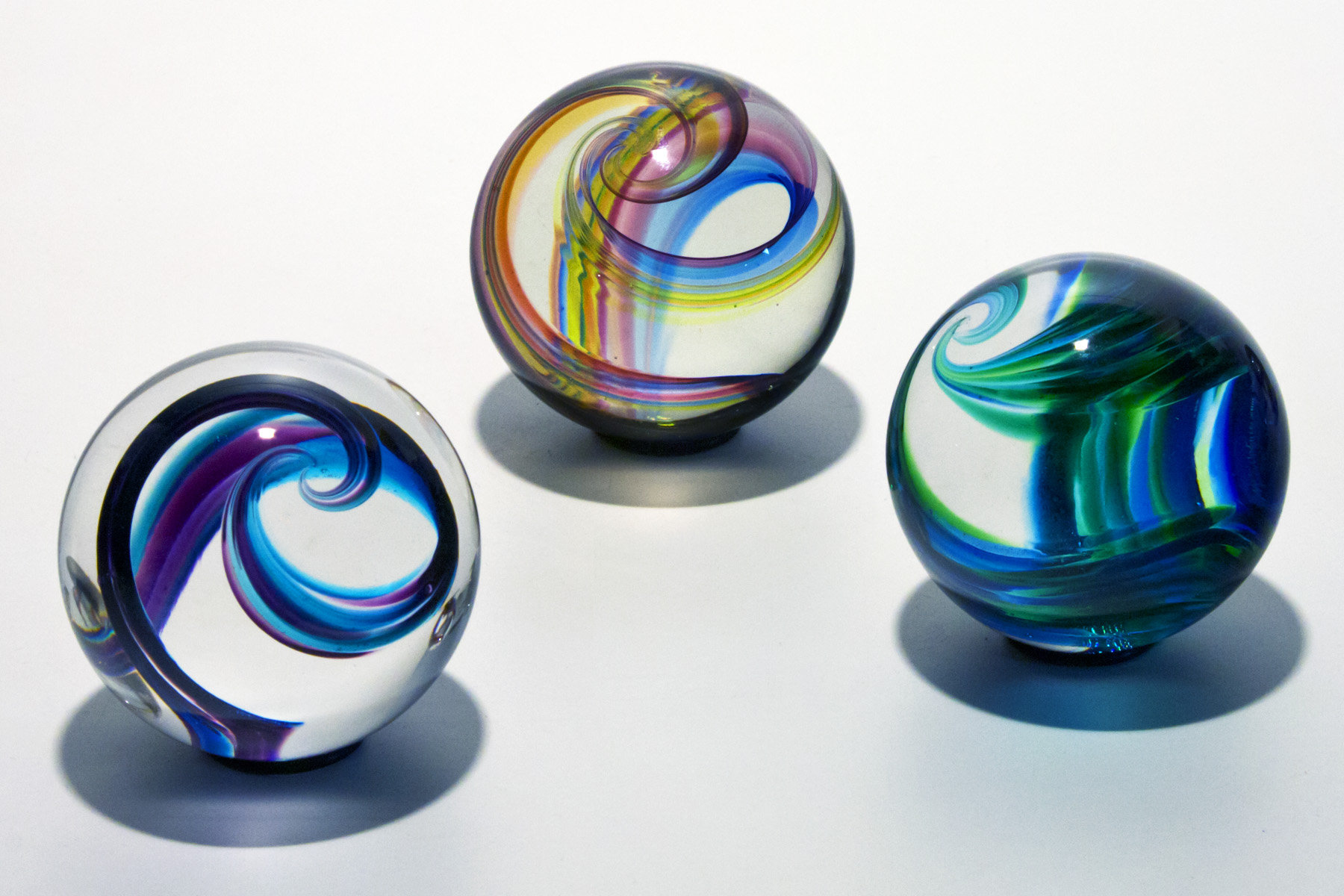
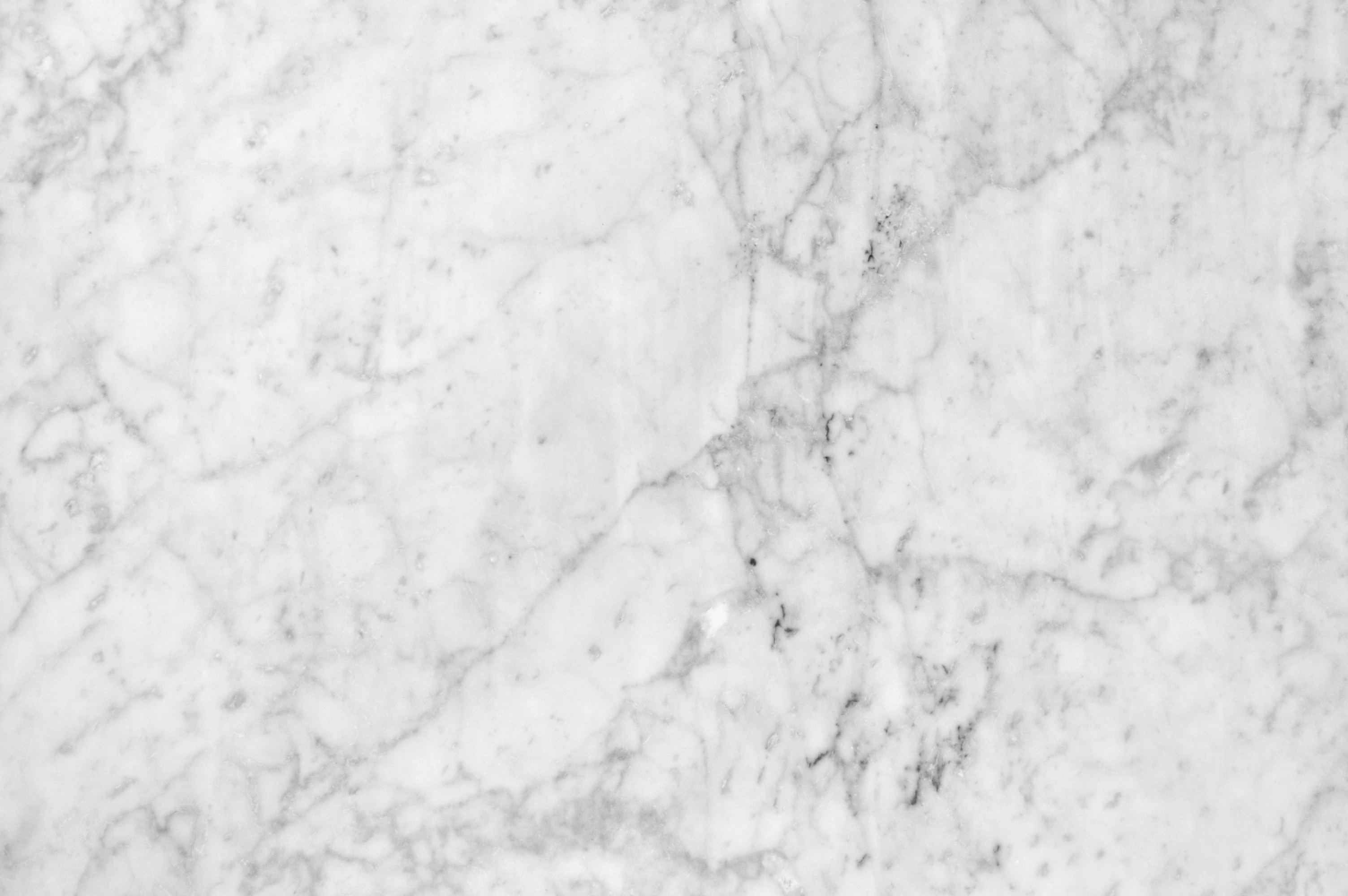
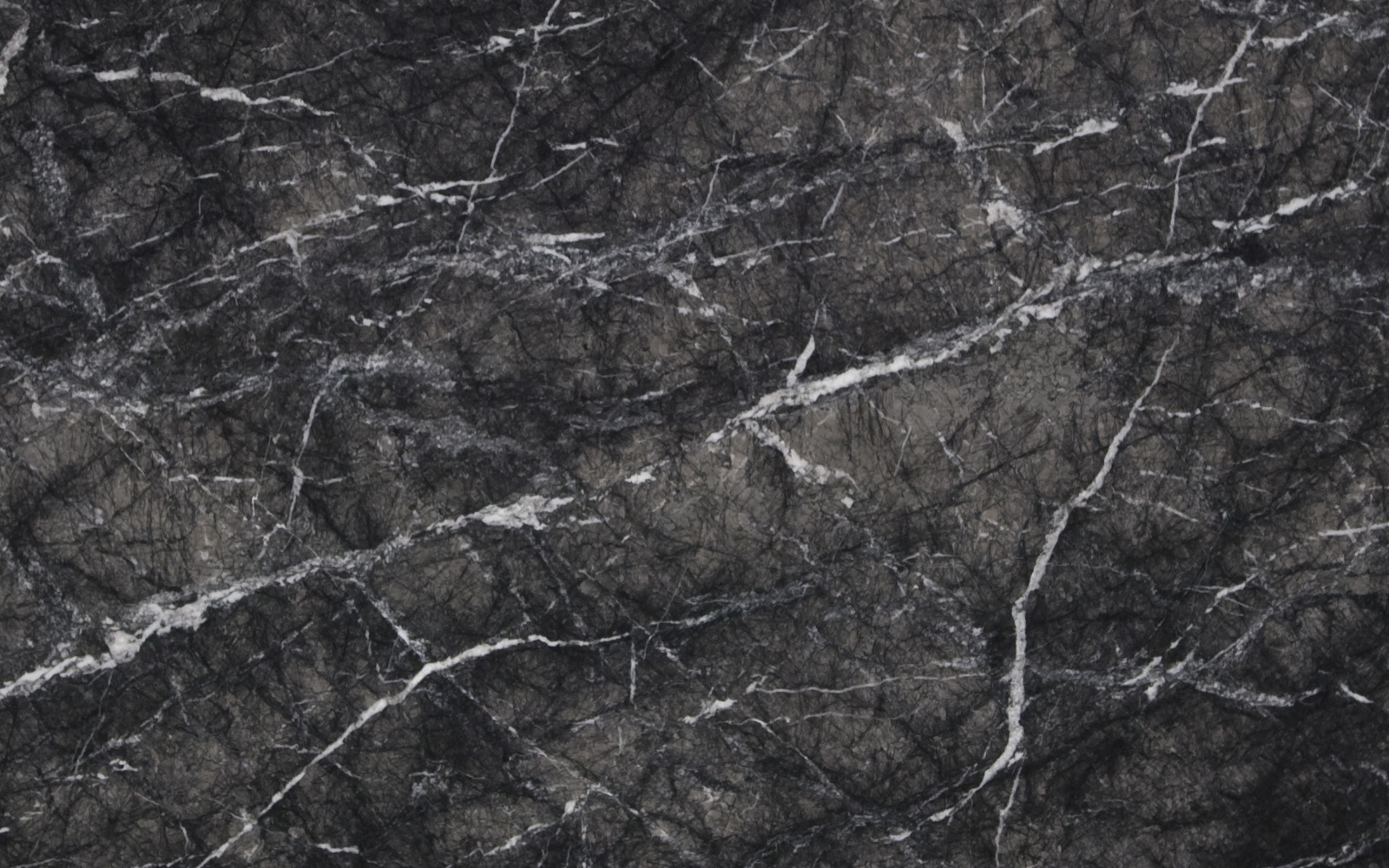



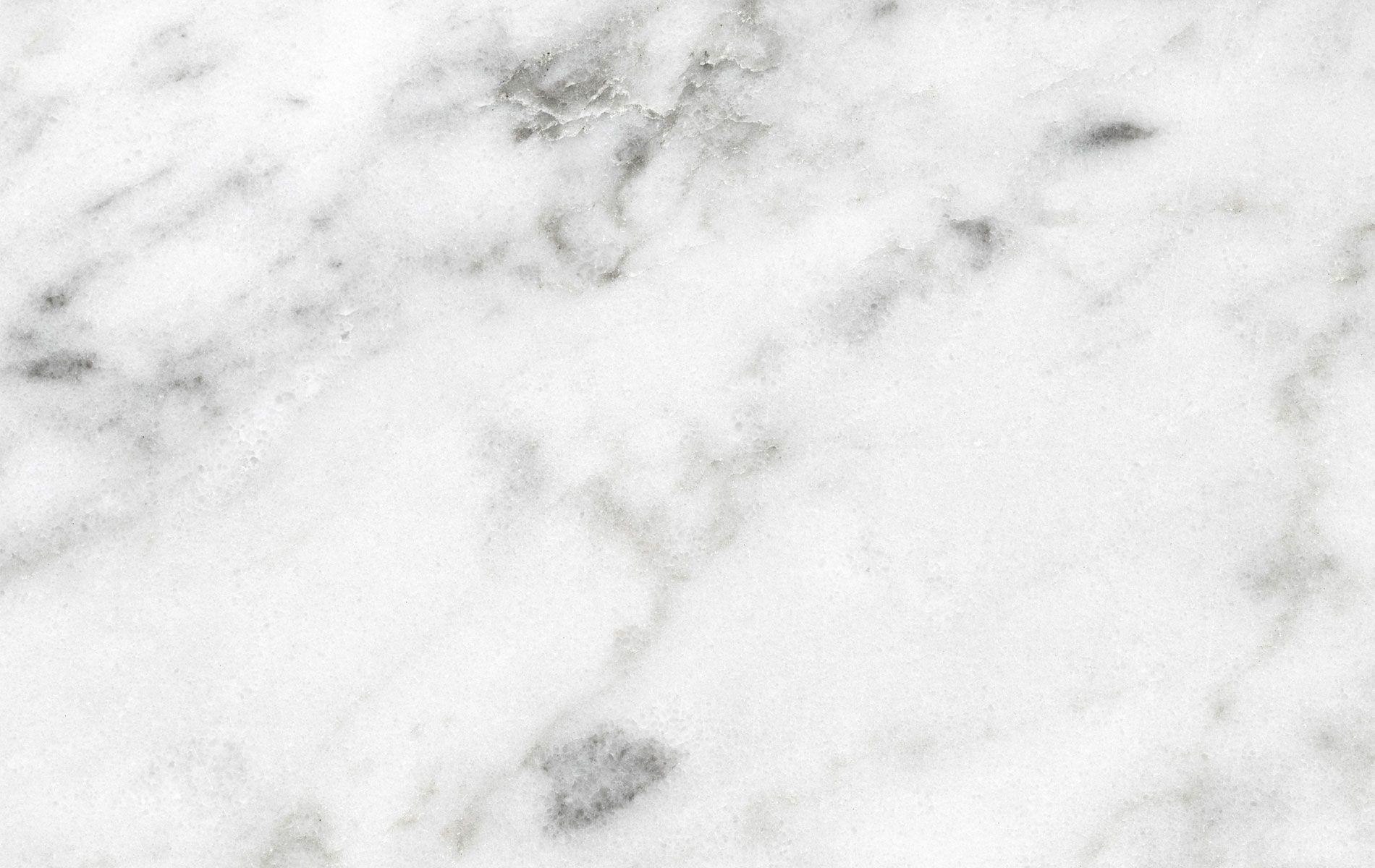
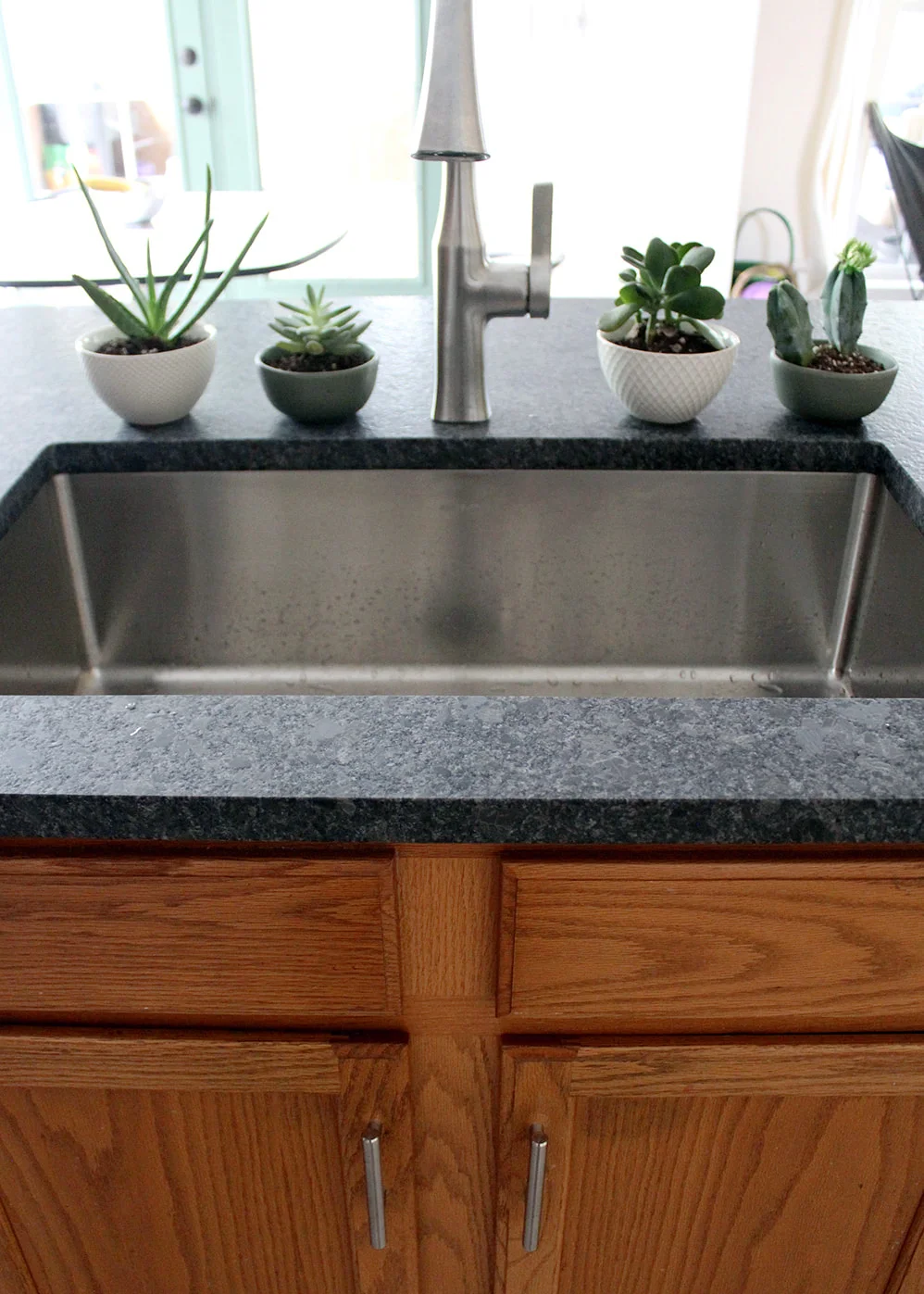

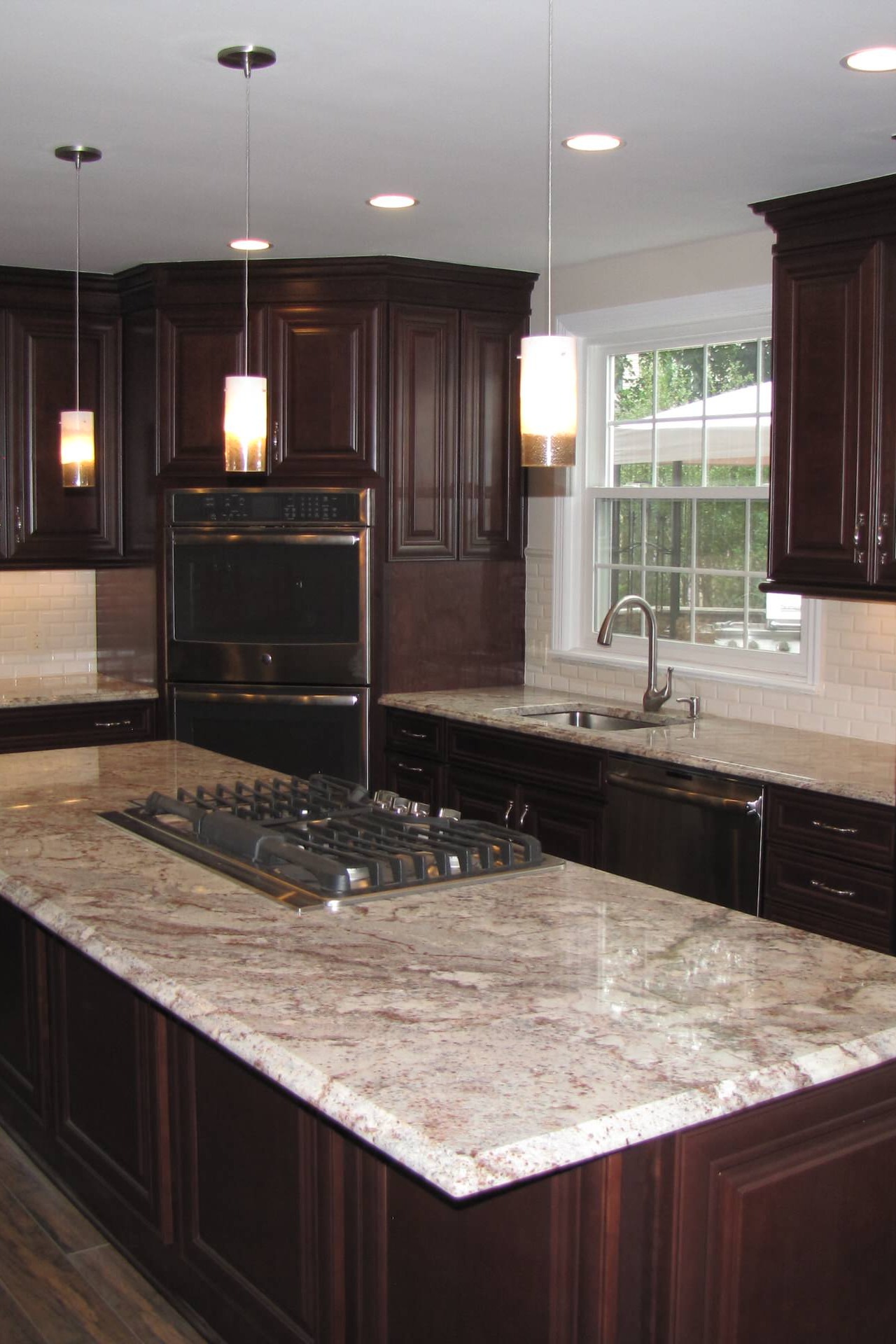


/Granite-Countertop-58c568523df78c353cfebca3.jpg)


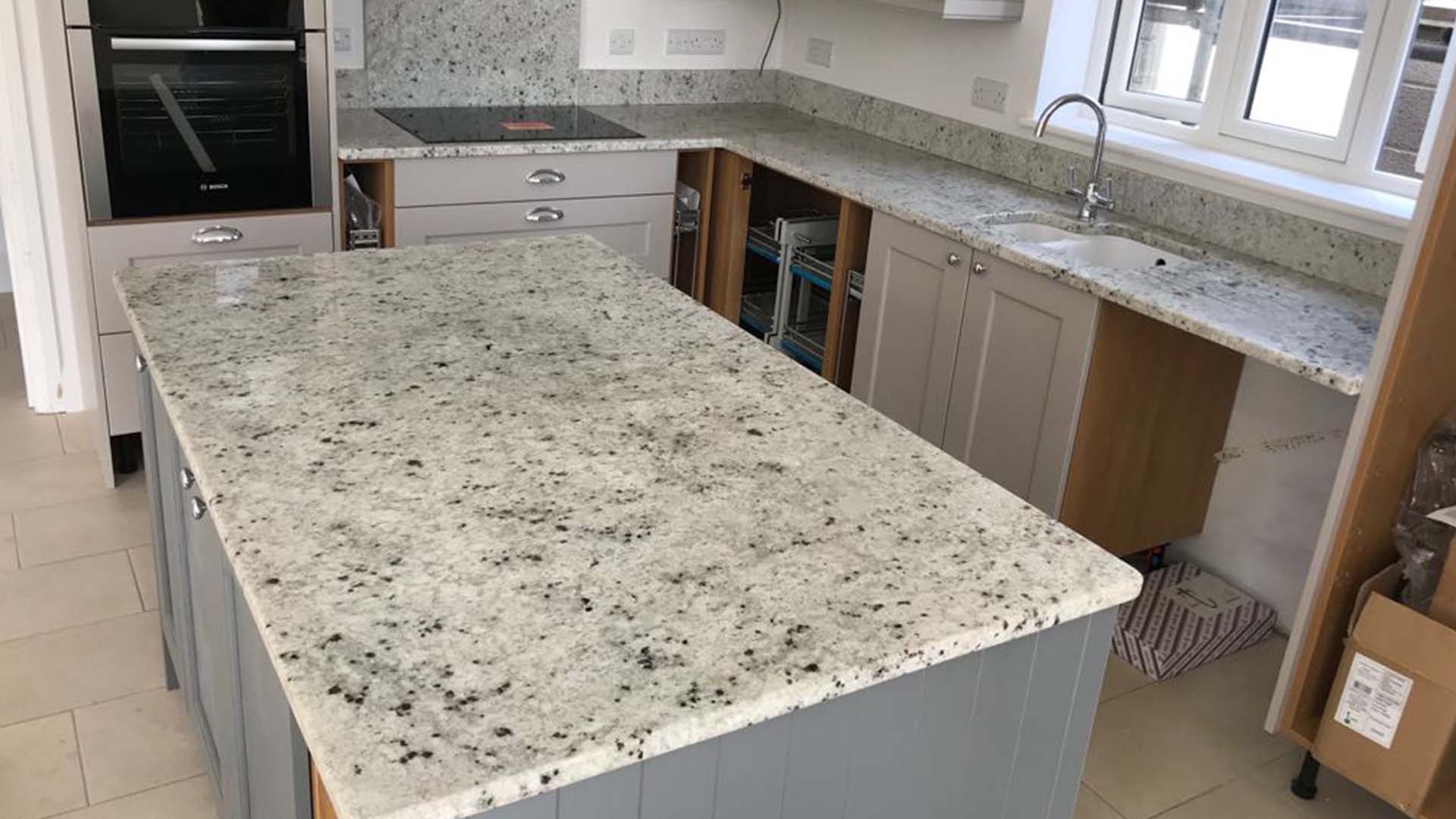
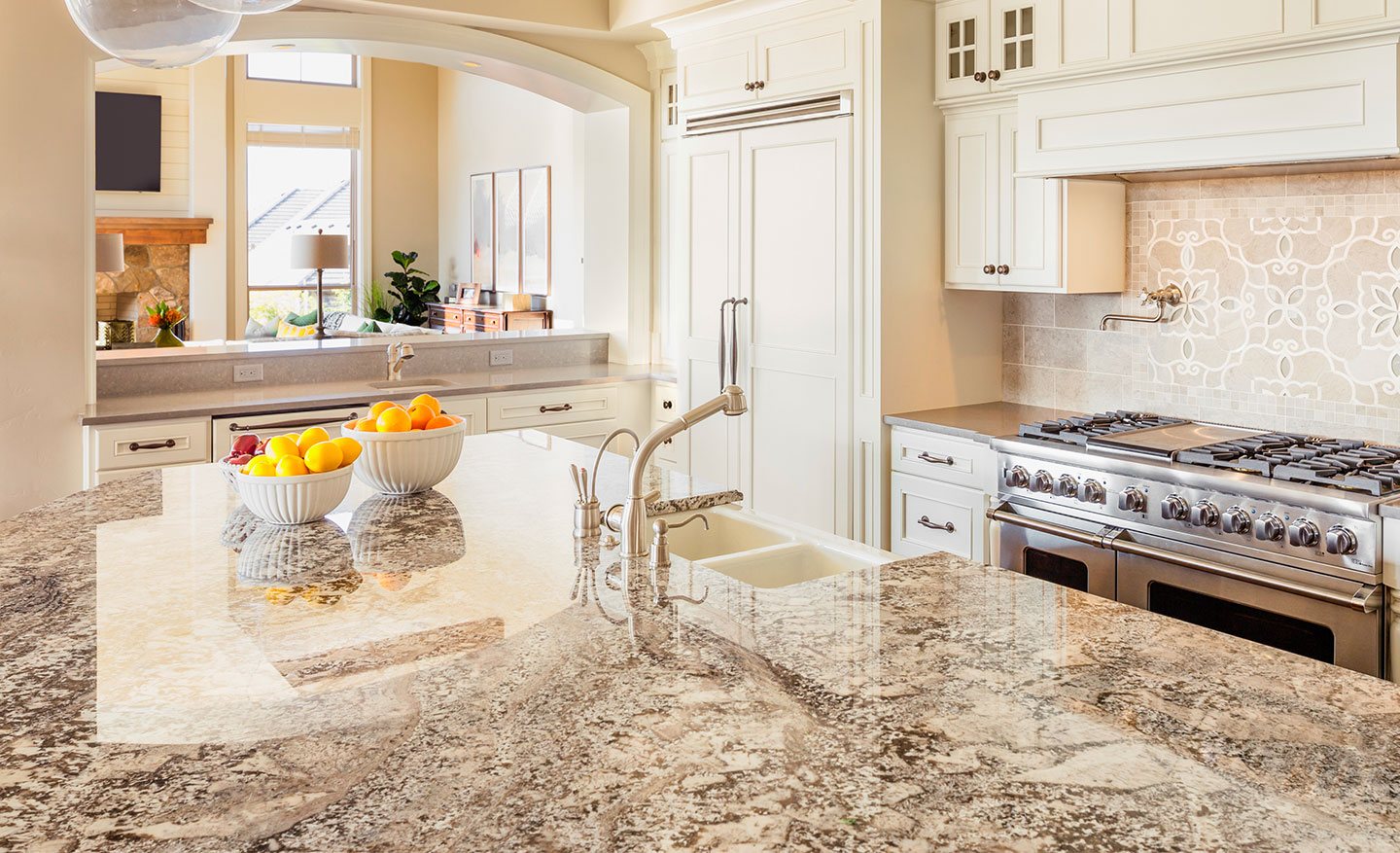




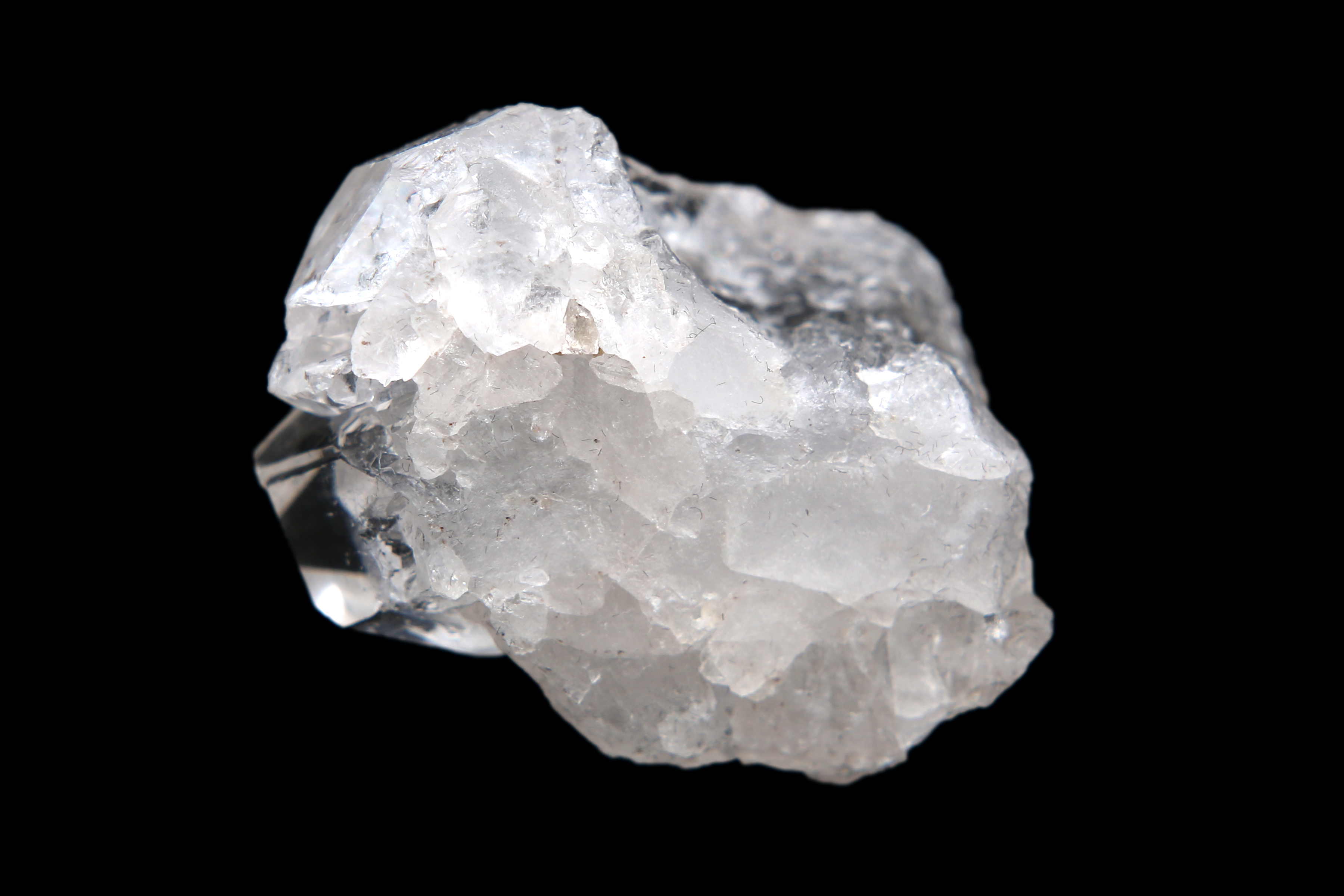
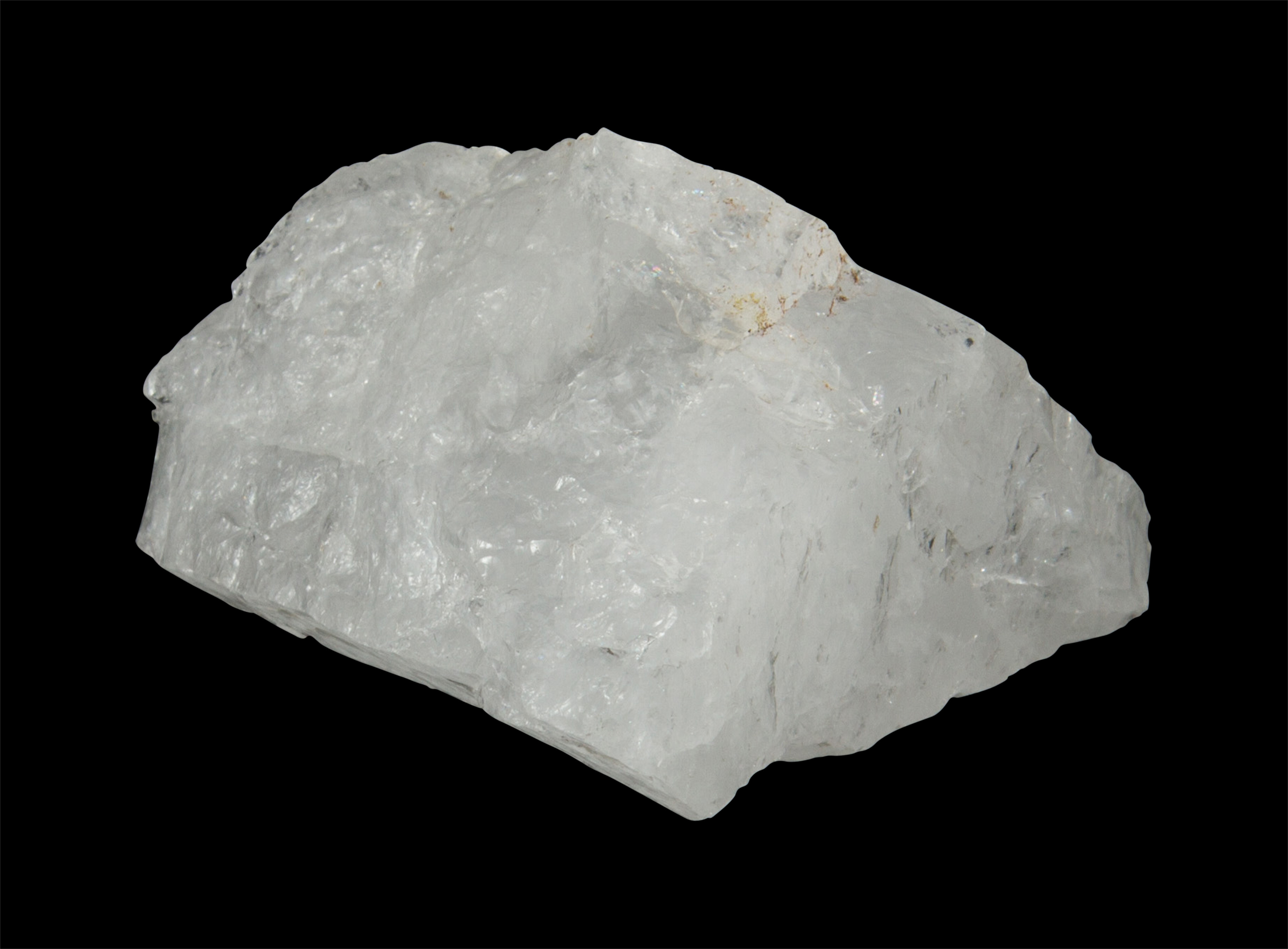
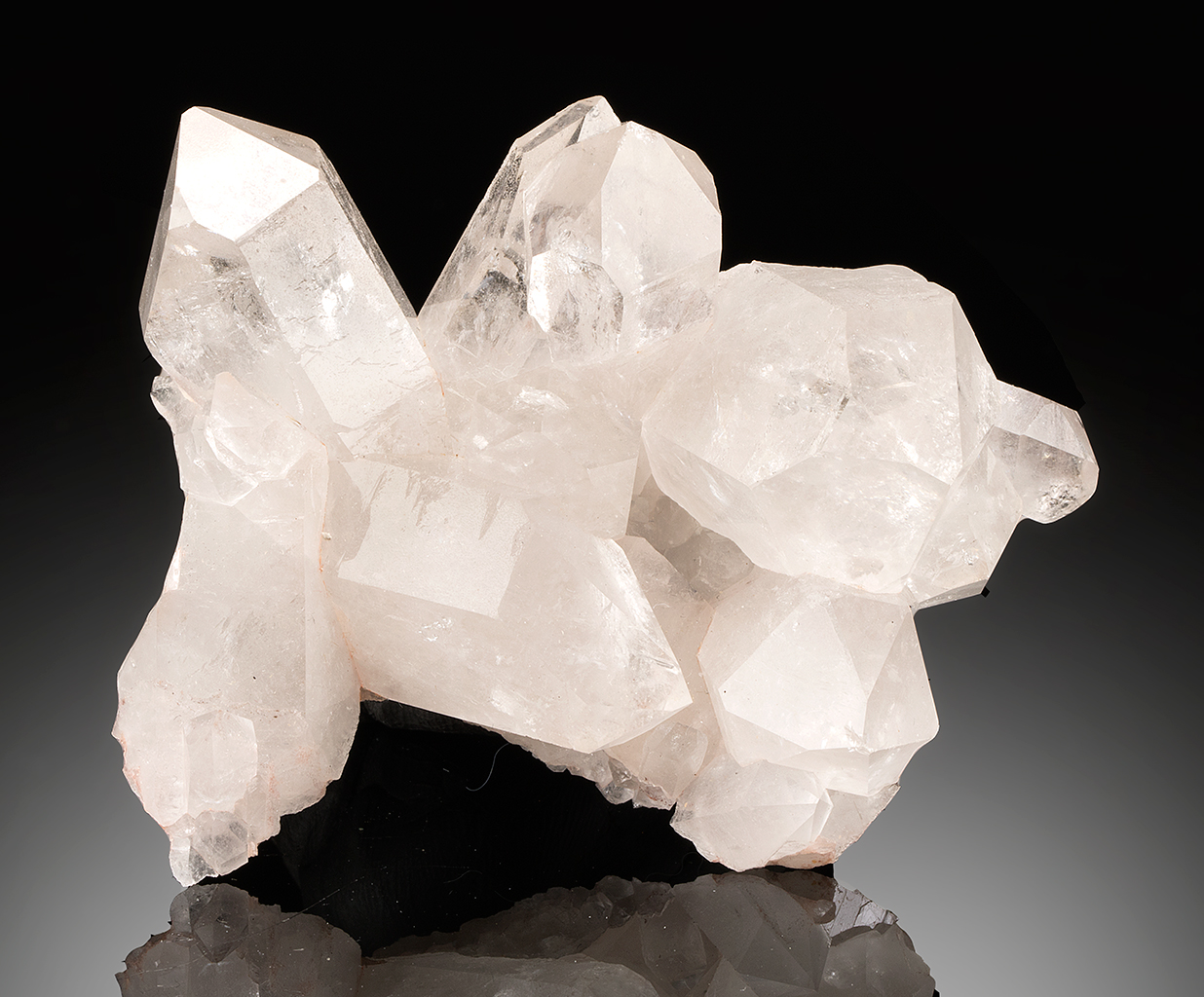
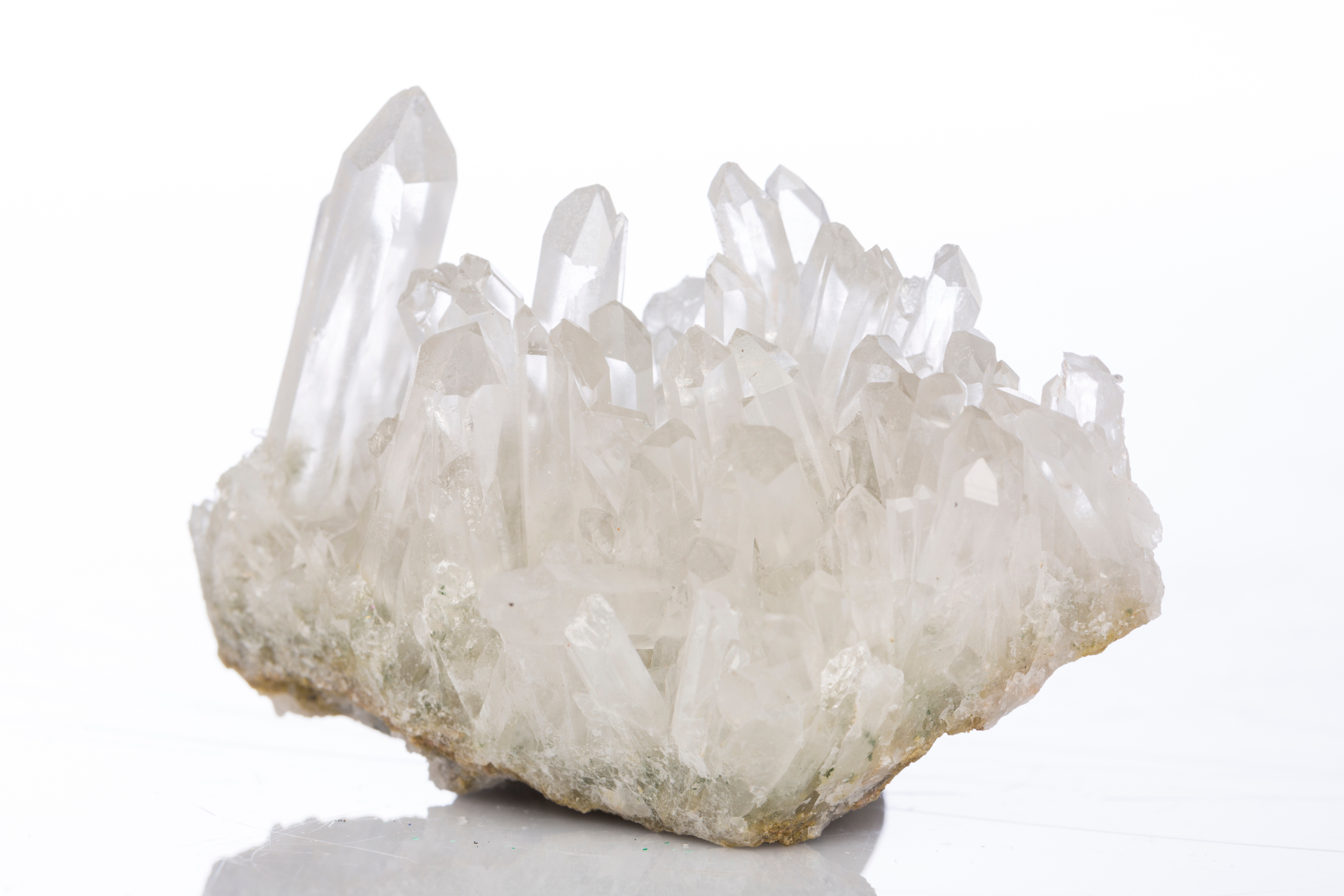
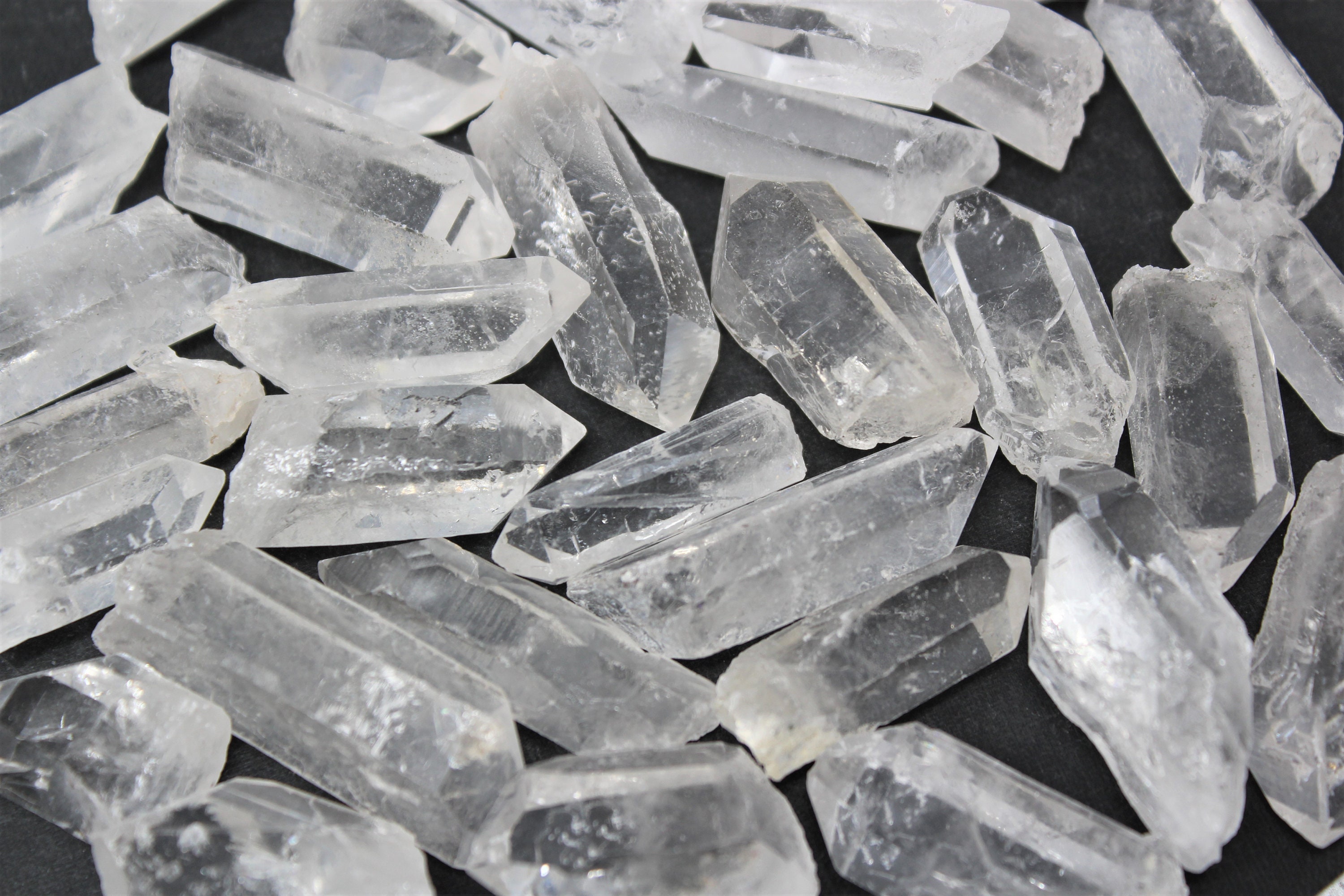
/quartzite-crystal-mineral-sample-studio-shot-with-black-background-972333846-5c7e6525c9e77c0001d19dda.jpg)

/rose-quartz-185305833-57ed39165f9b586c35c4cf83.jpg)
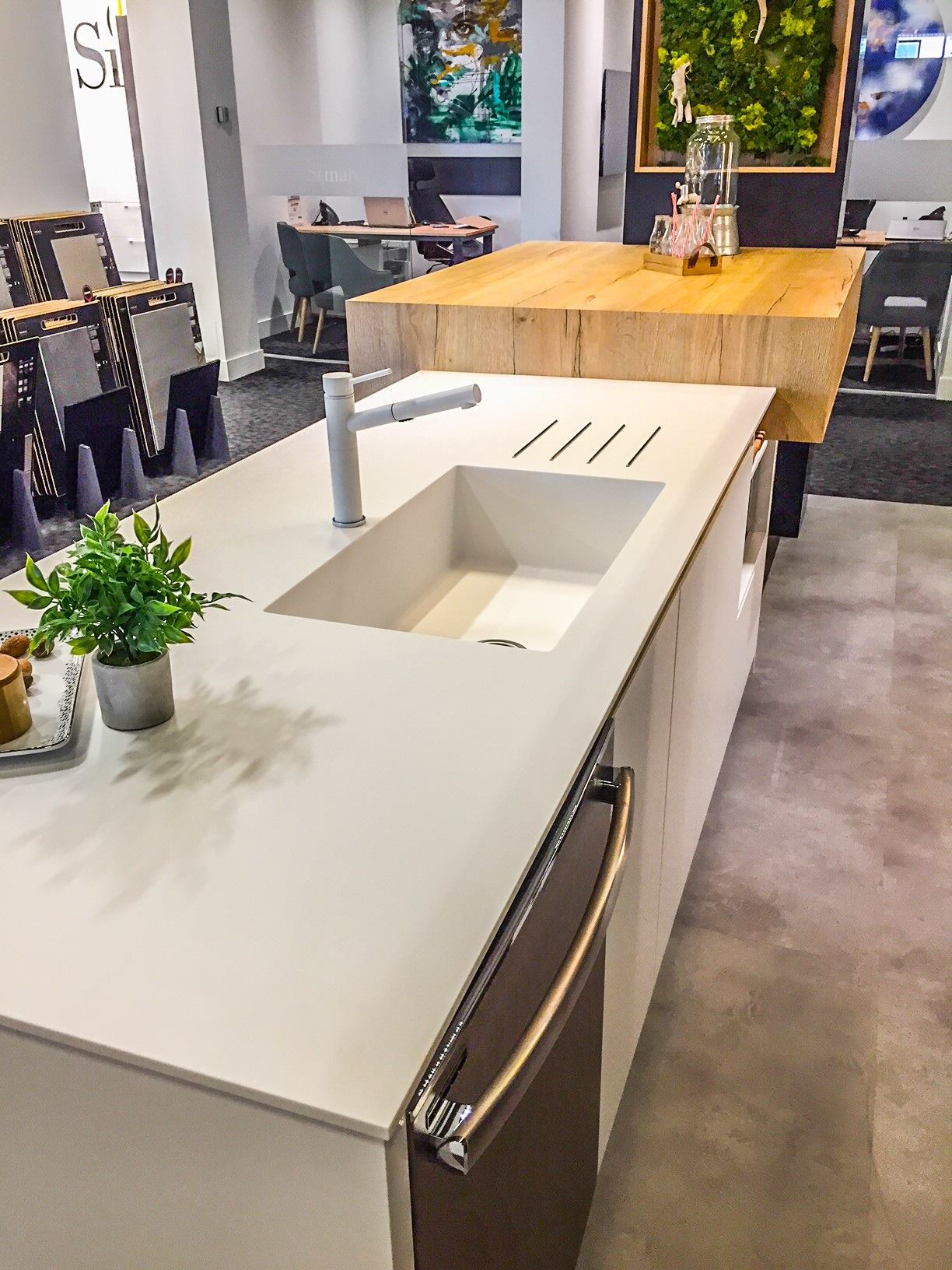
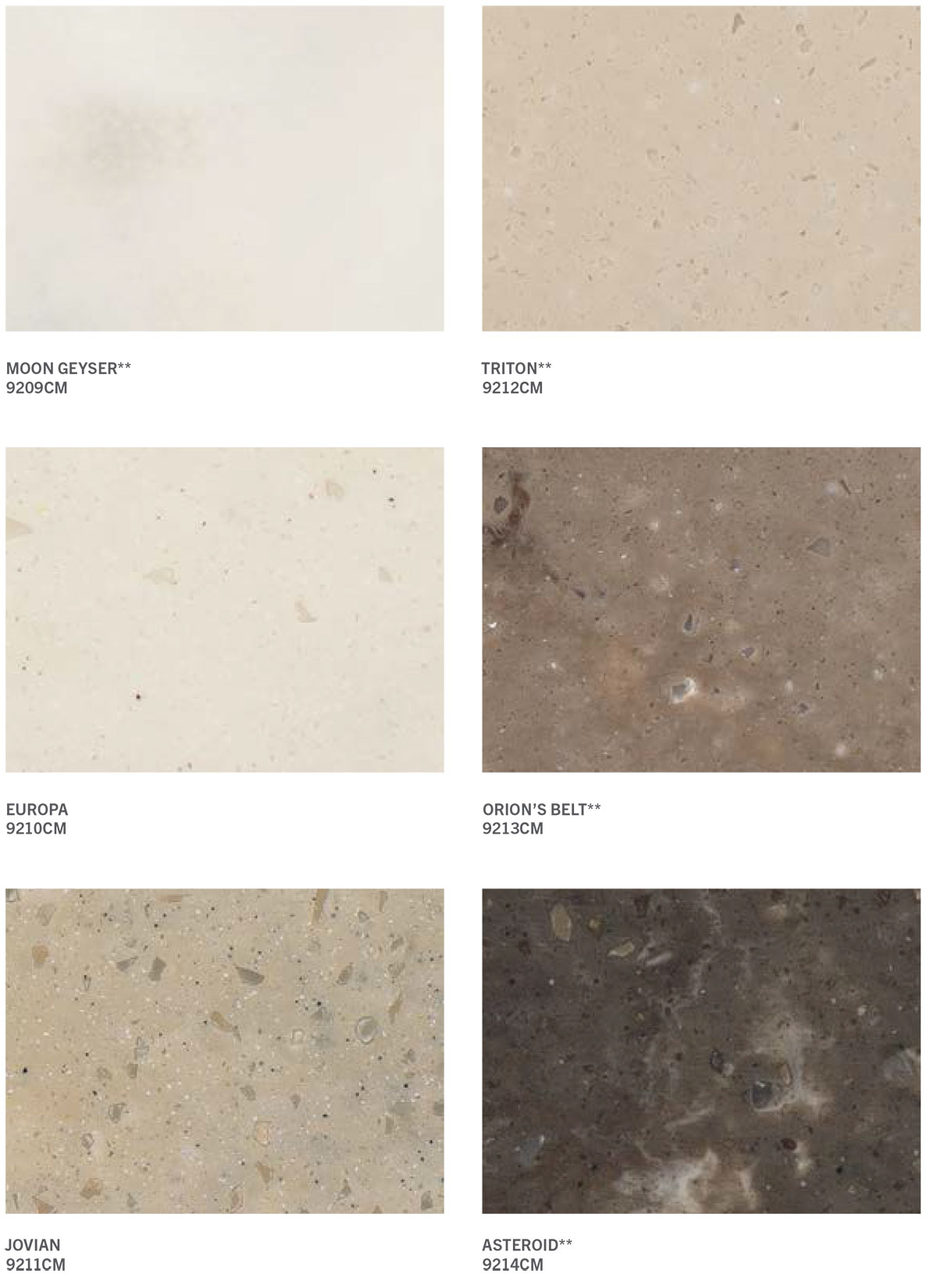
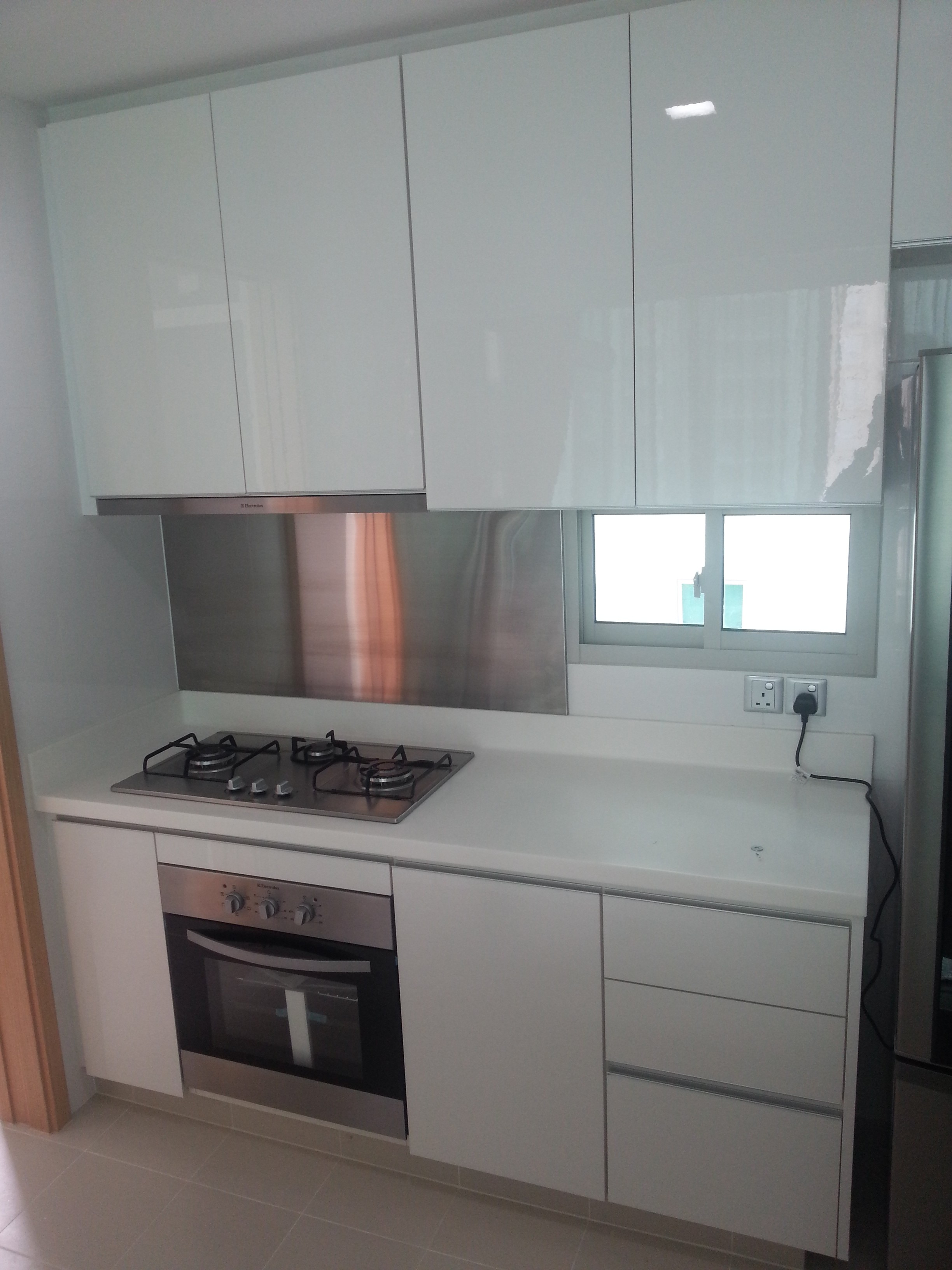
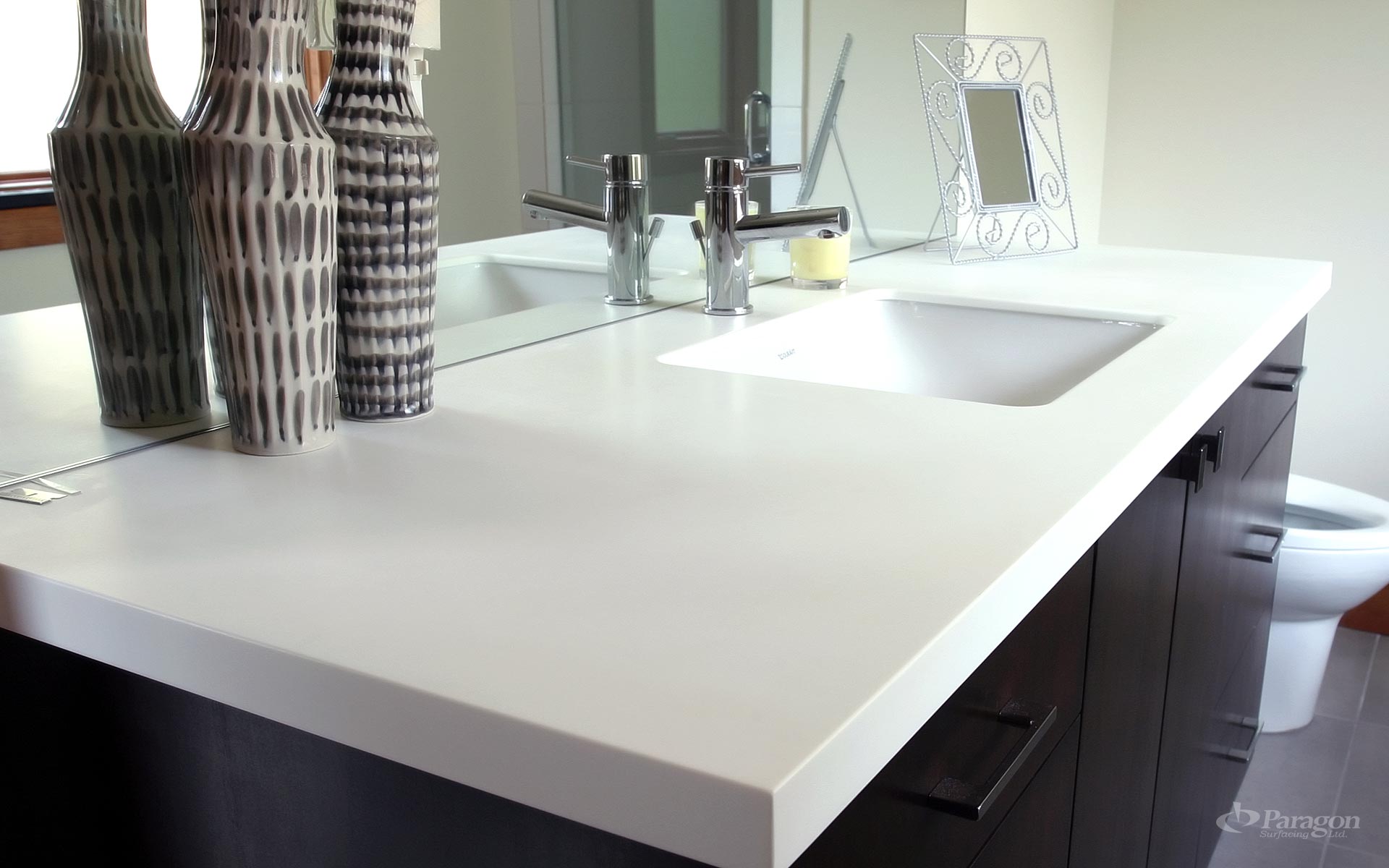
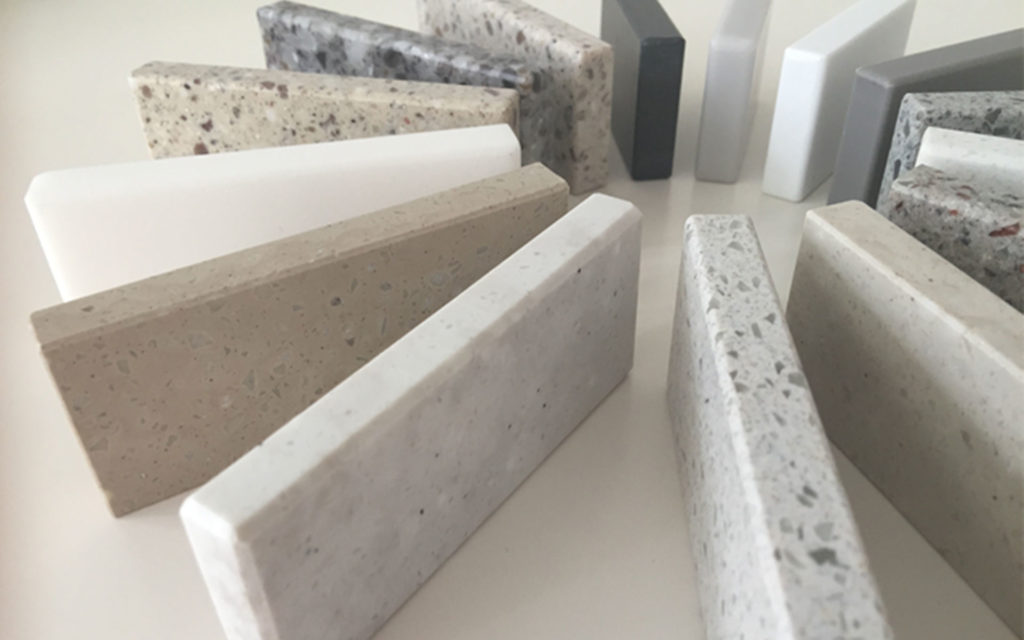

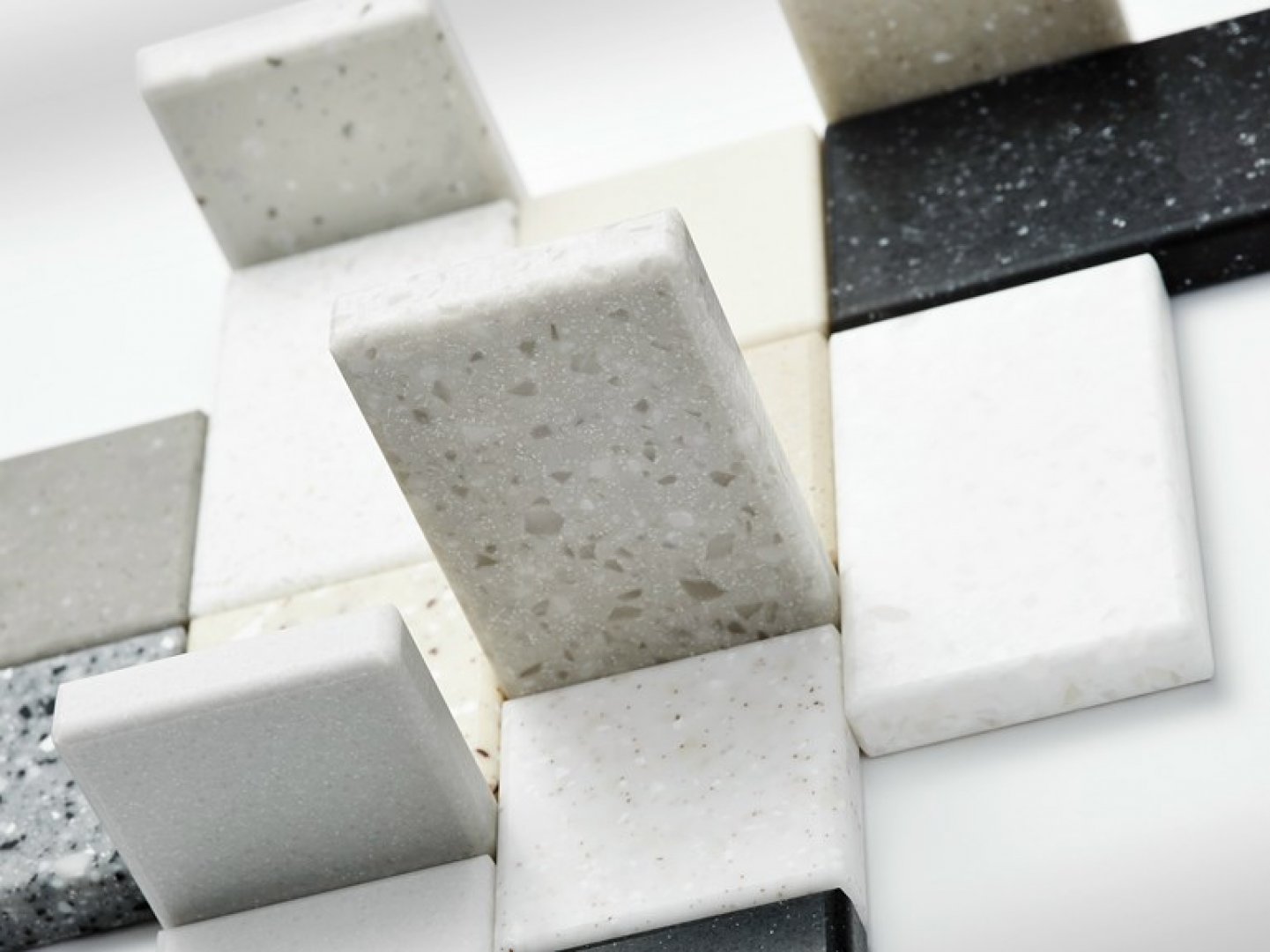


/Bathroomvanity-GettyImages-484490250-cdfaa72bc448469a8381b42080fa56ca.jpg)



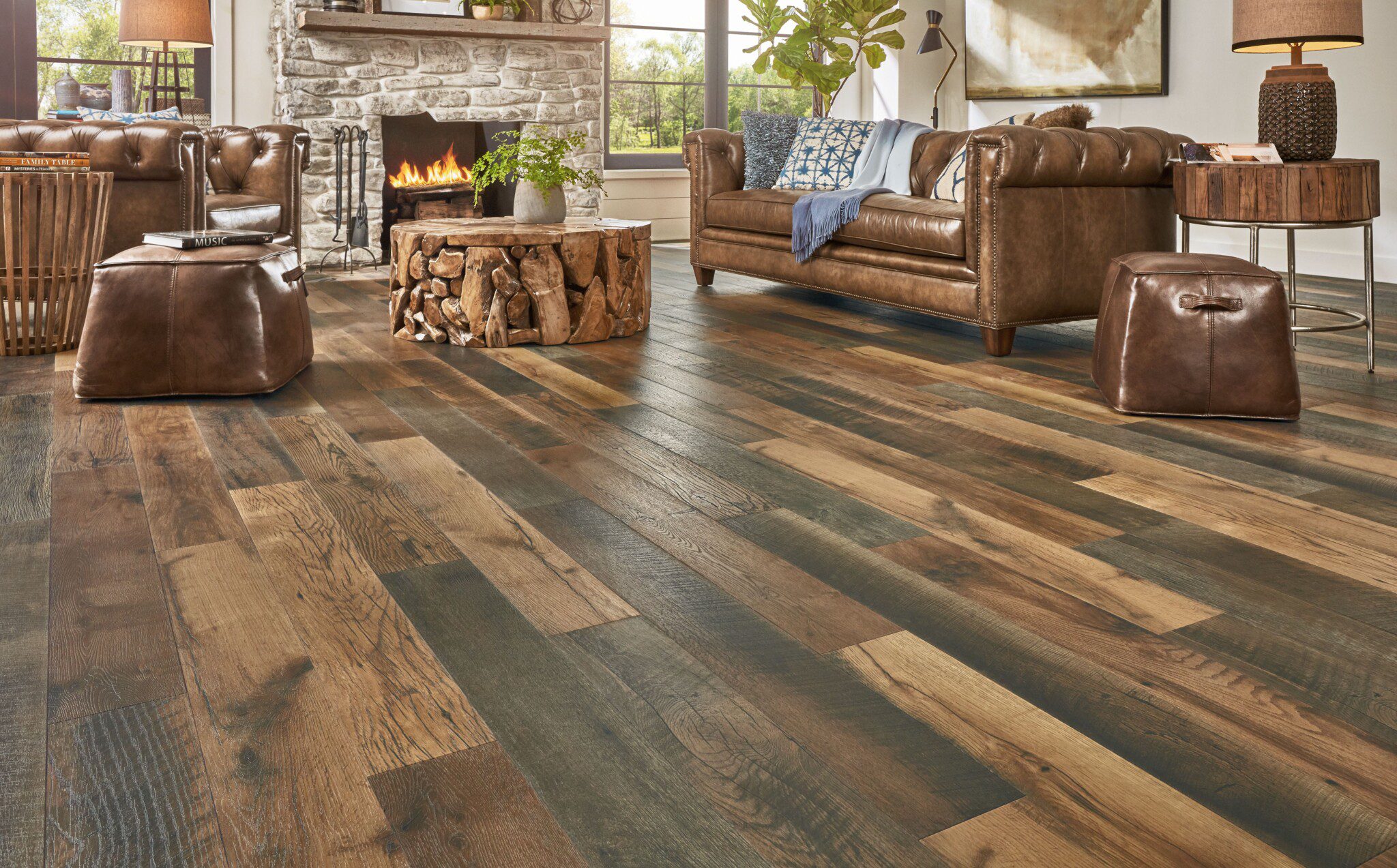
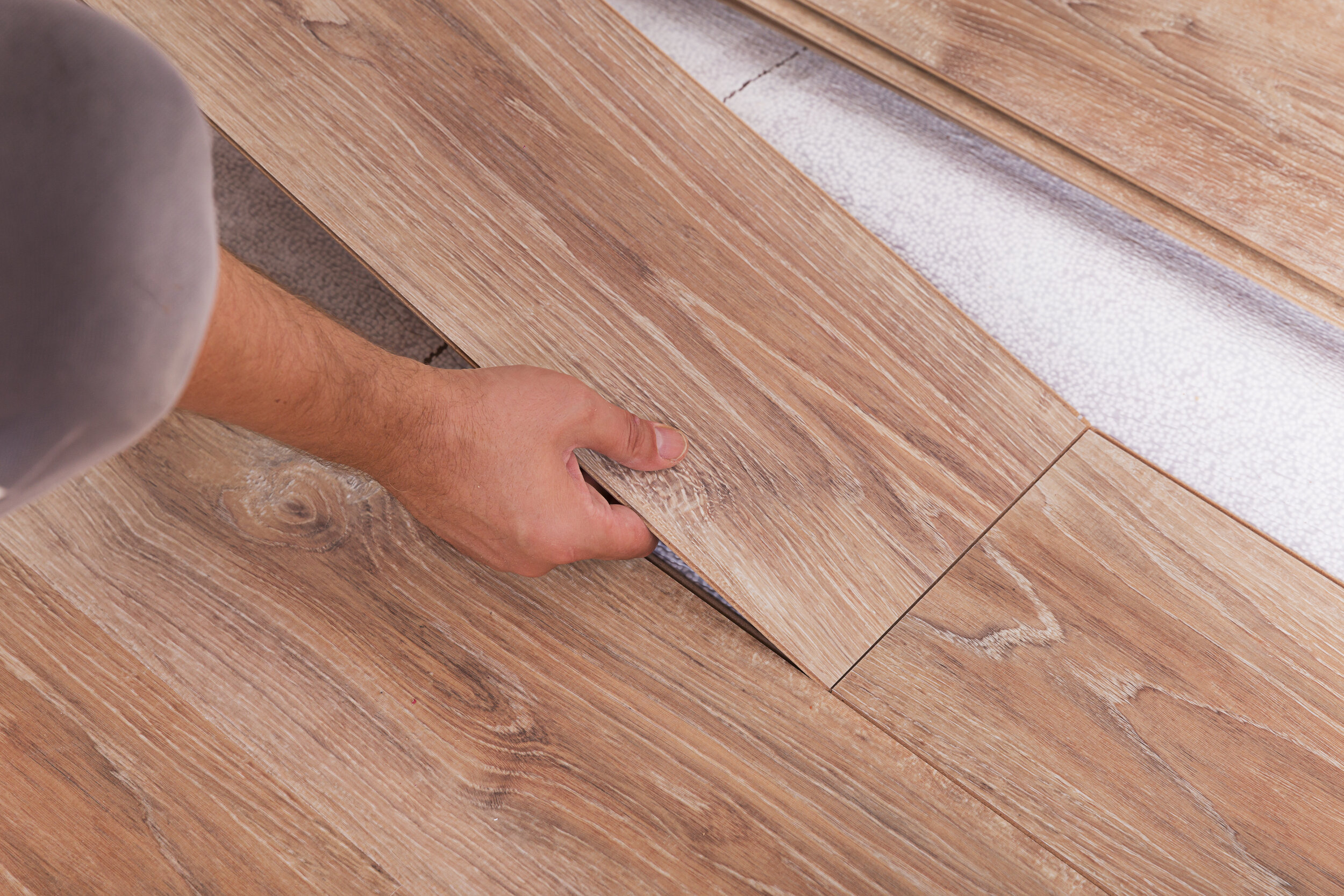

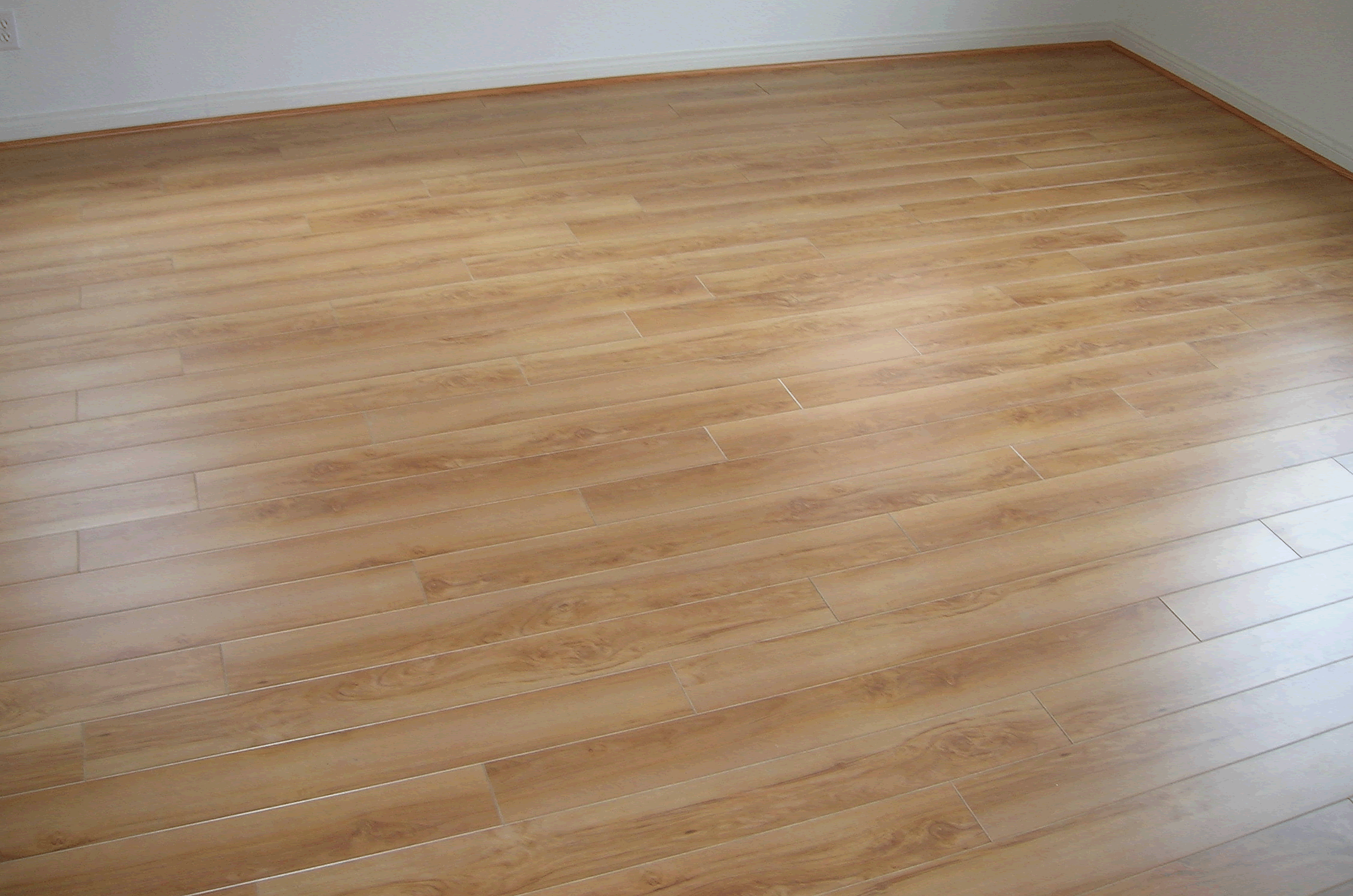


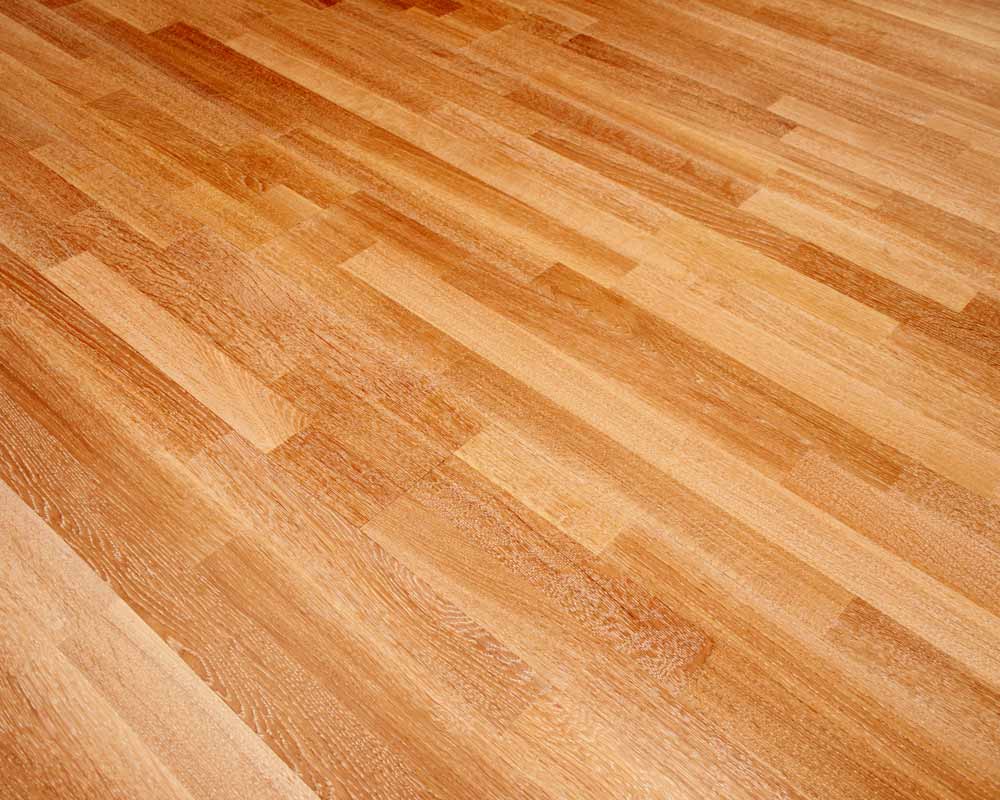

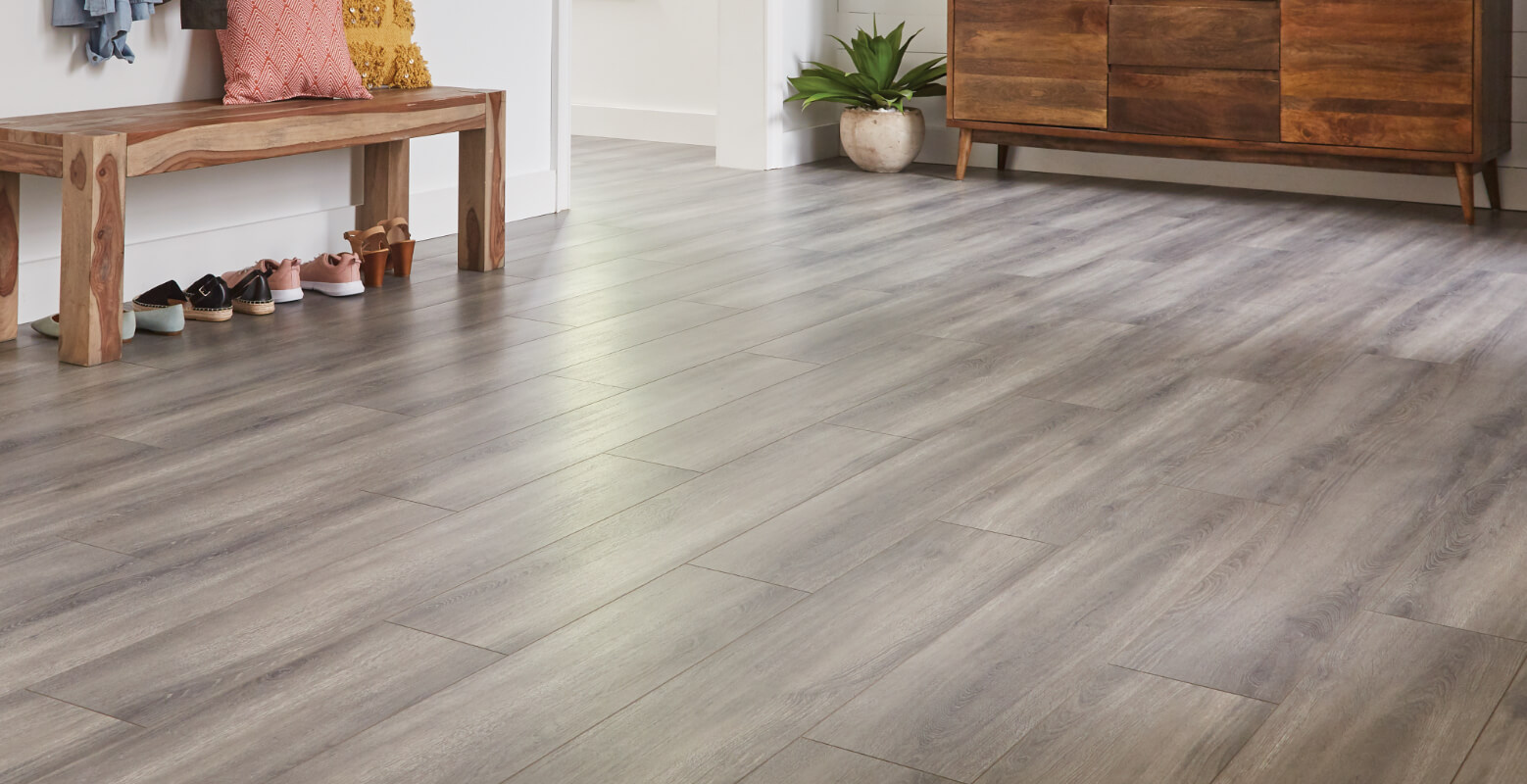
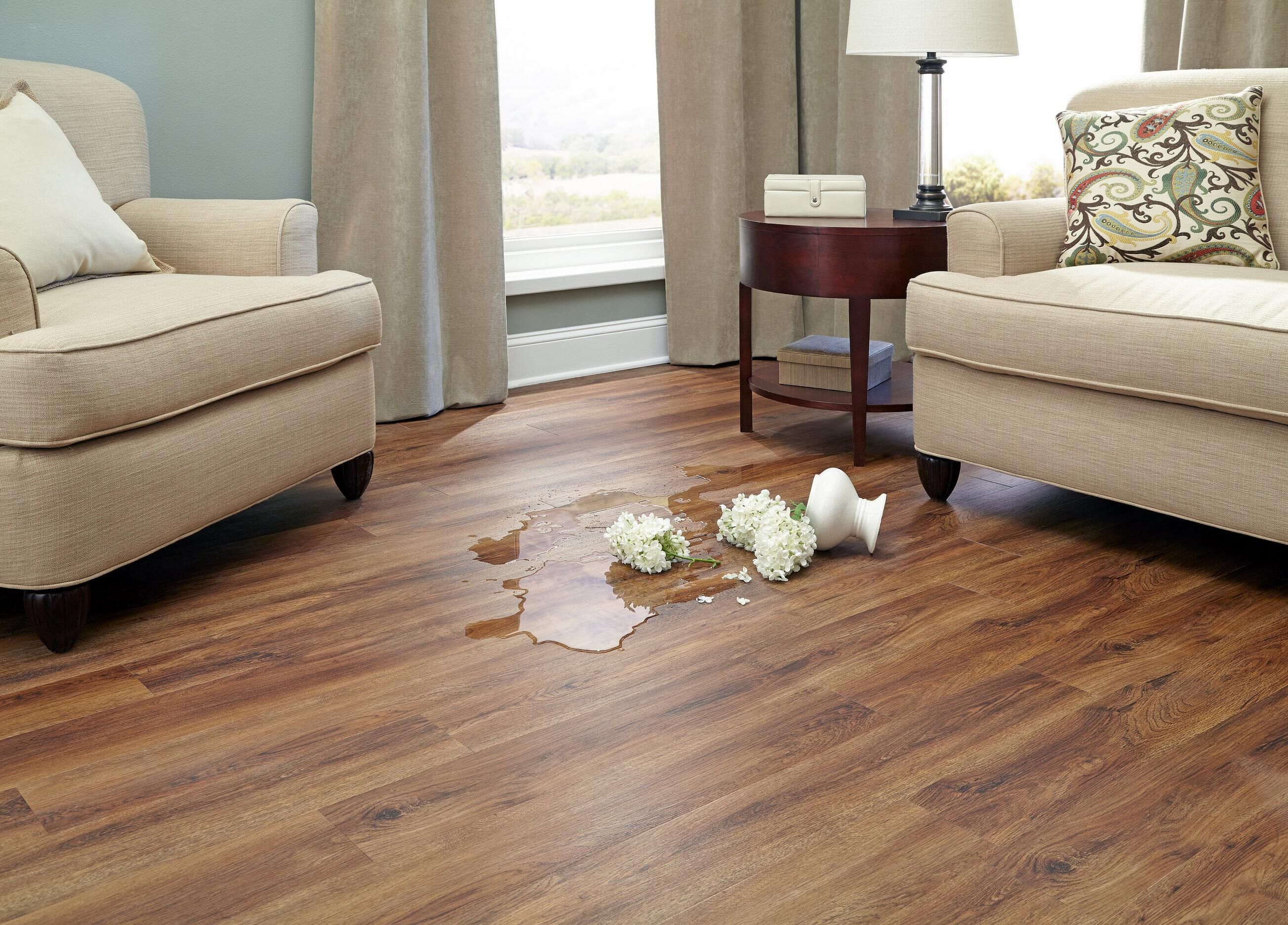
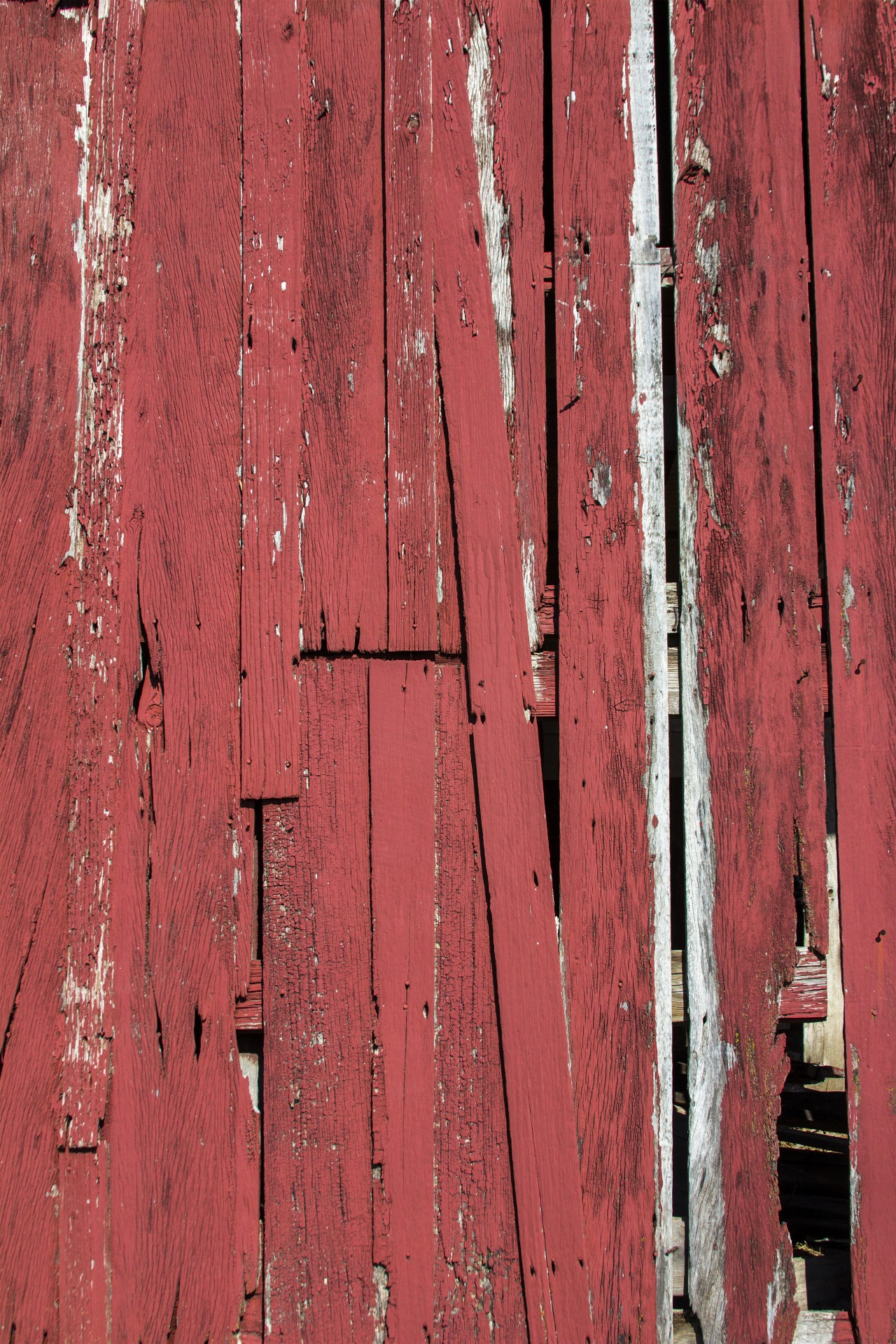
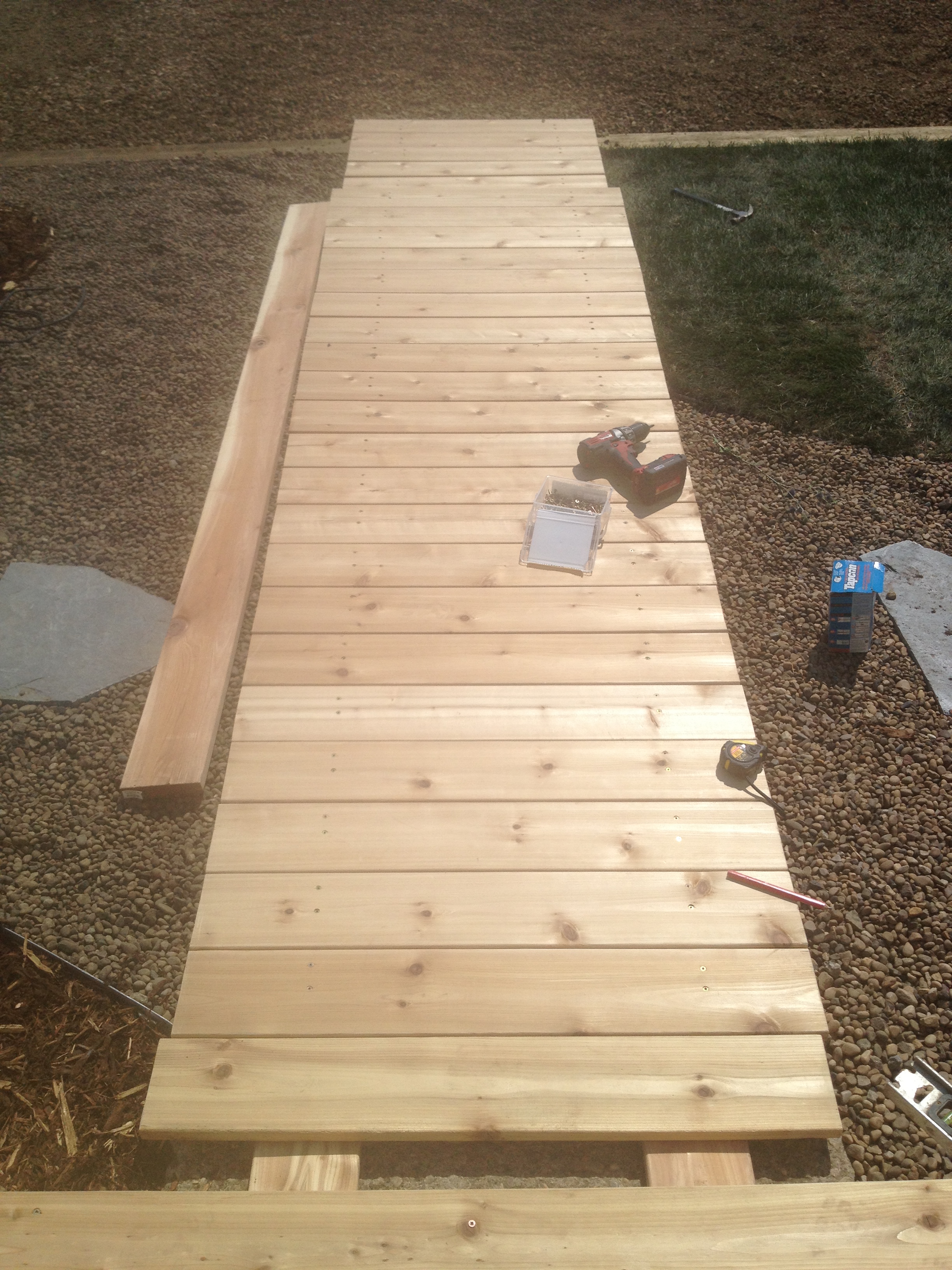

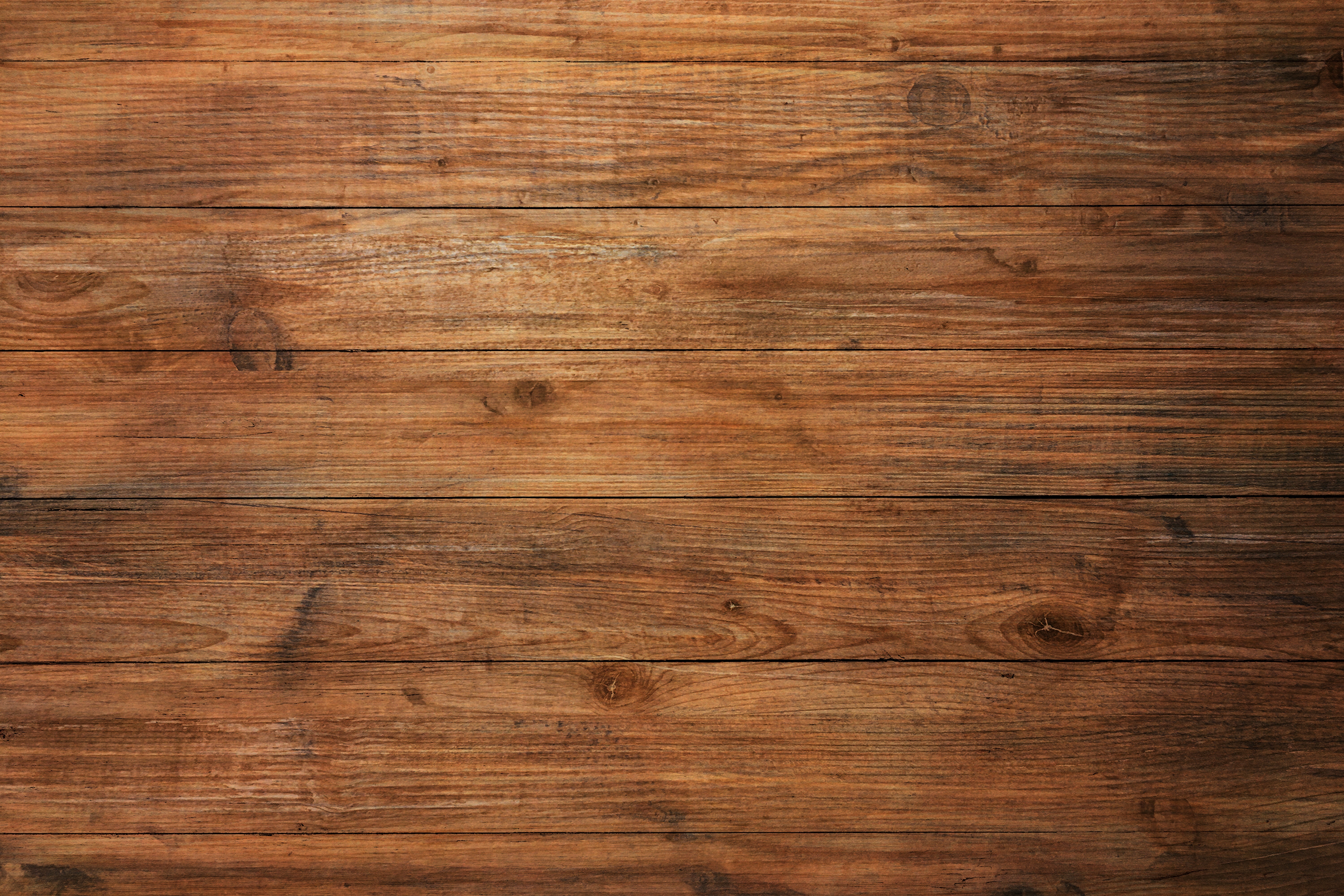
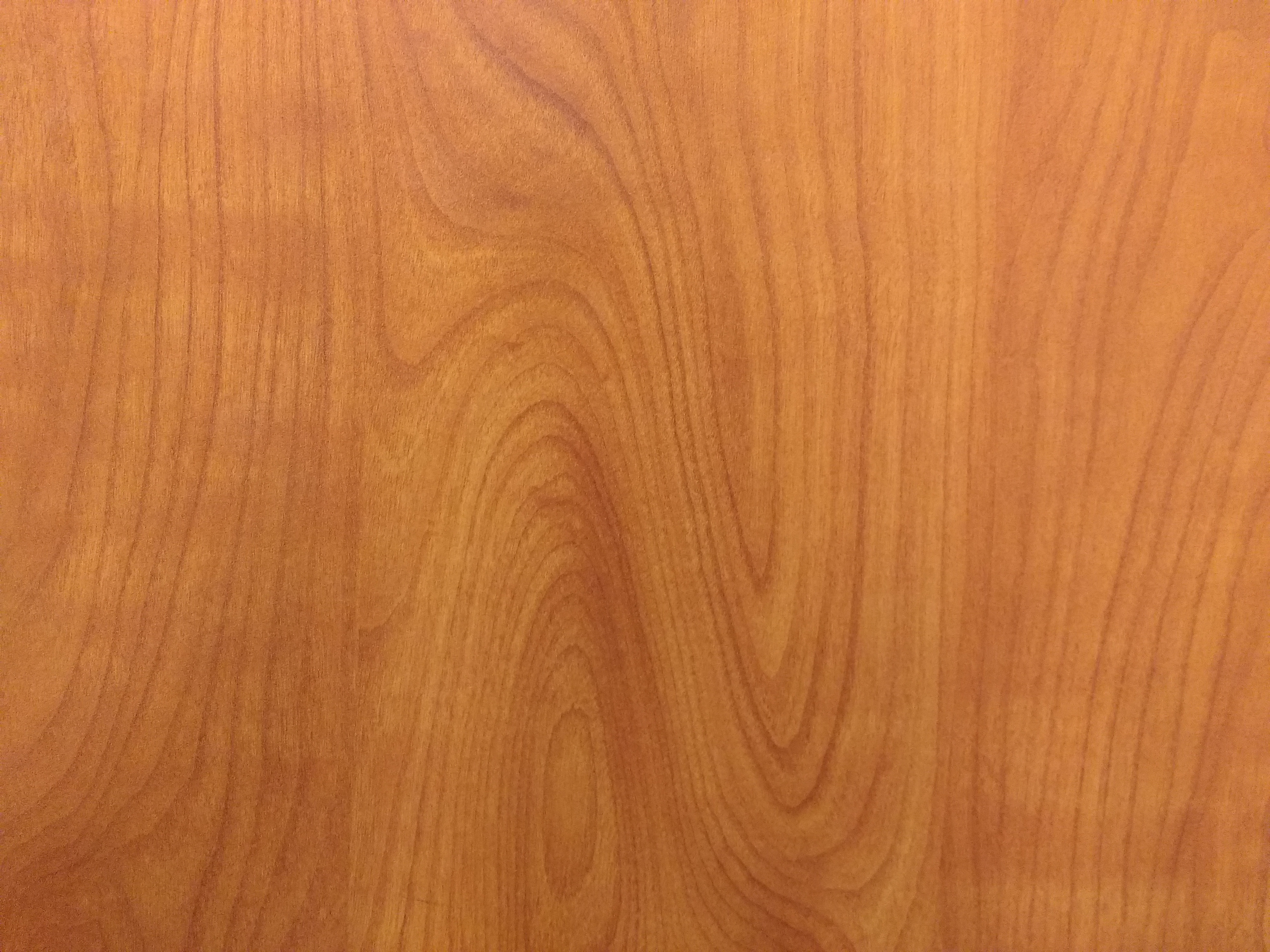
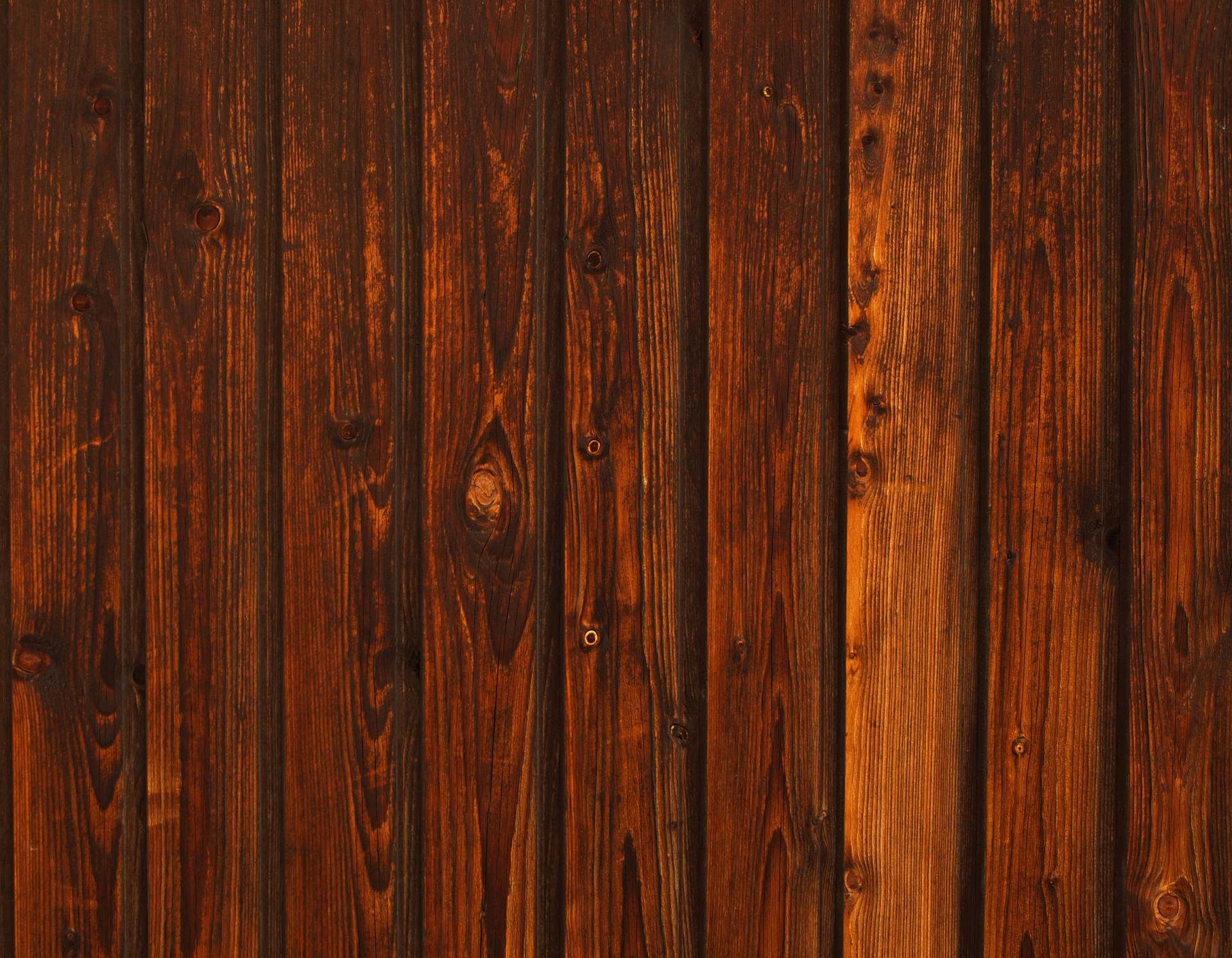


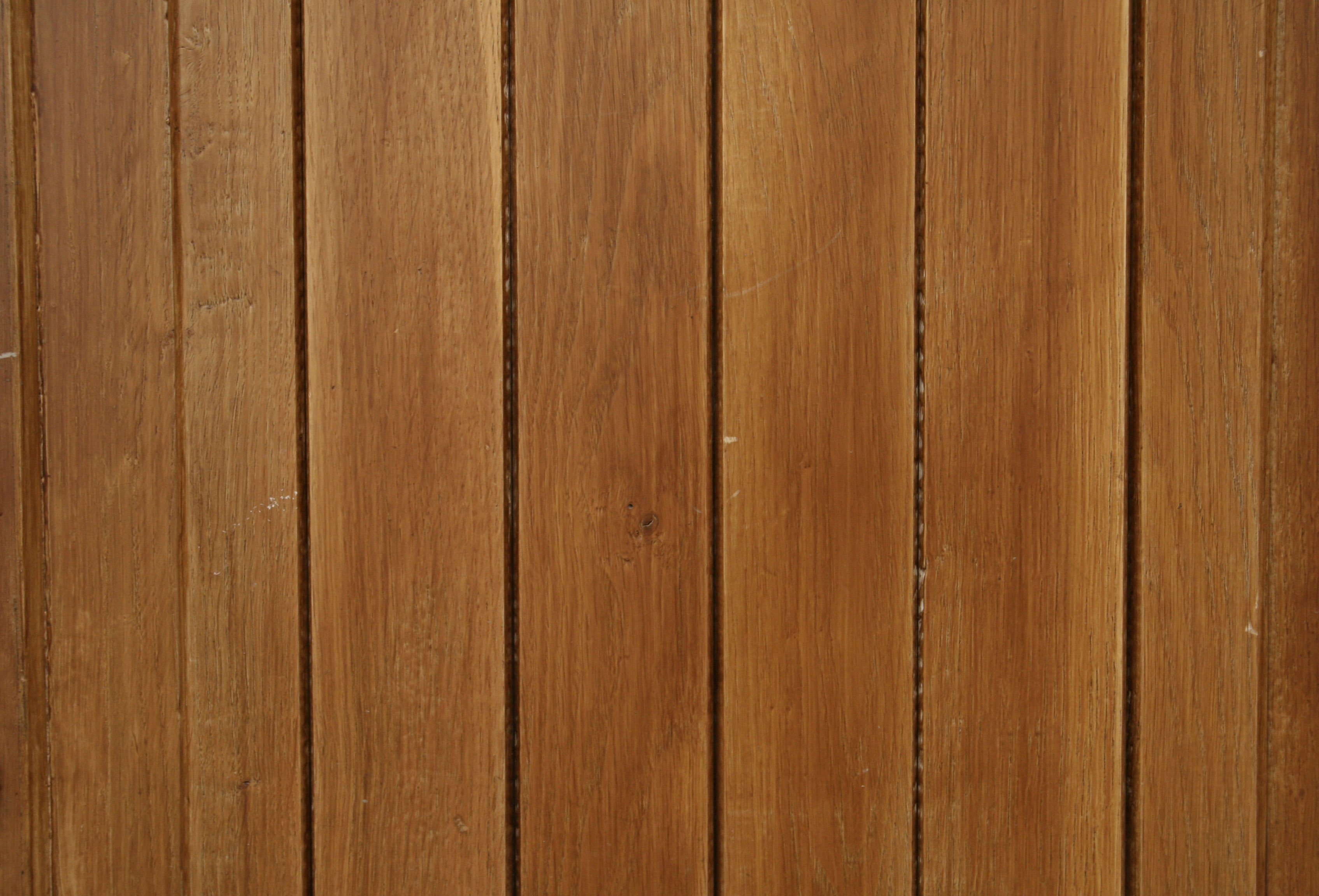
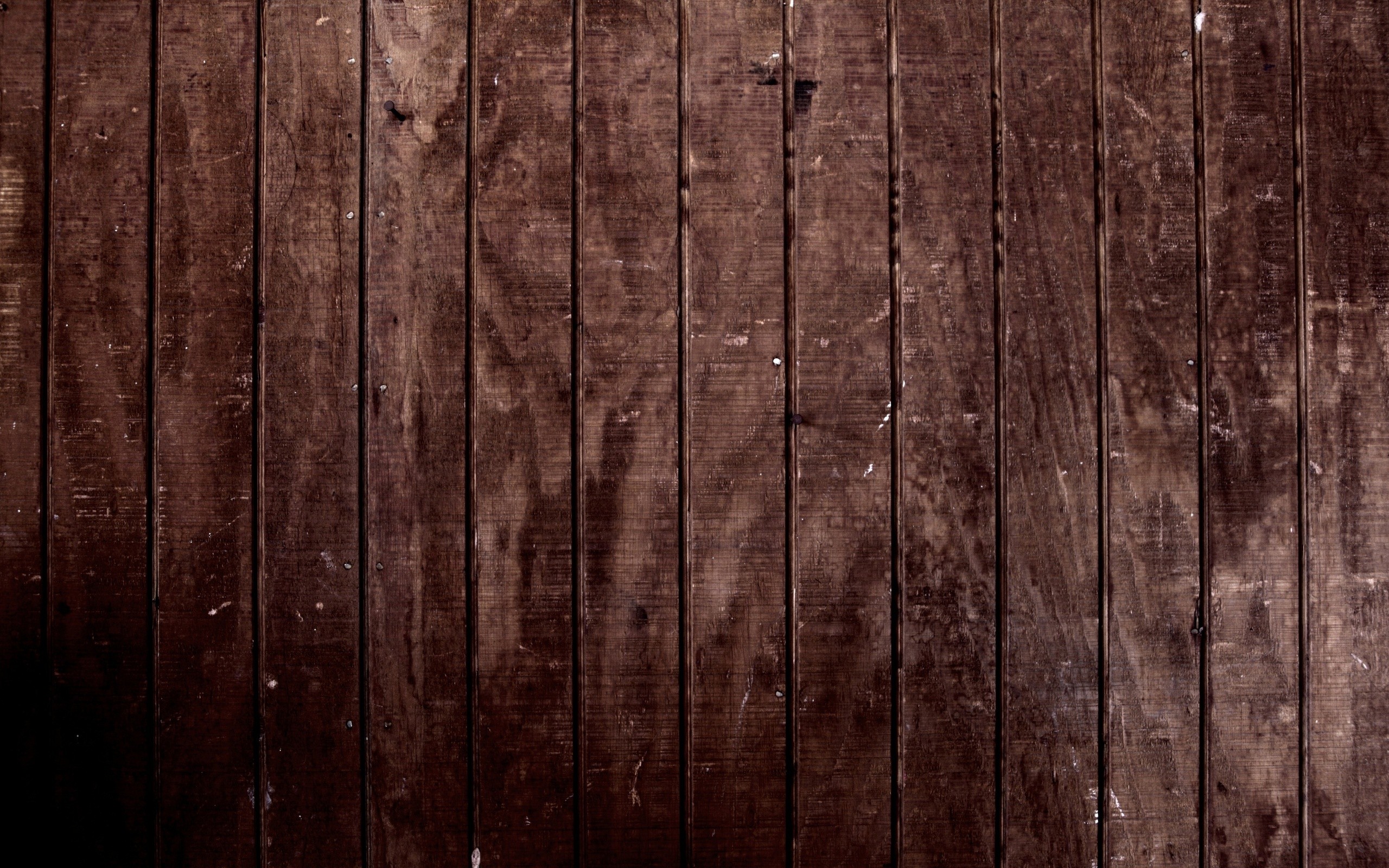
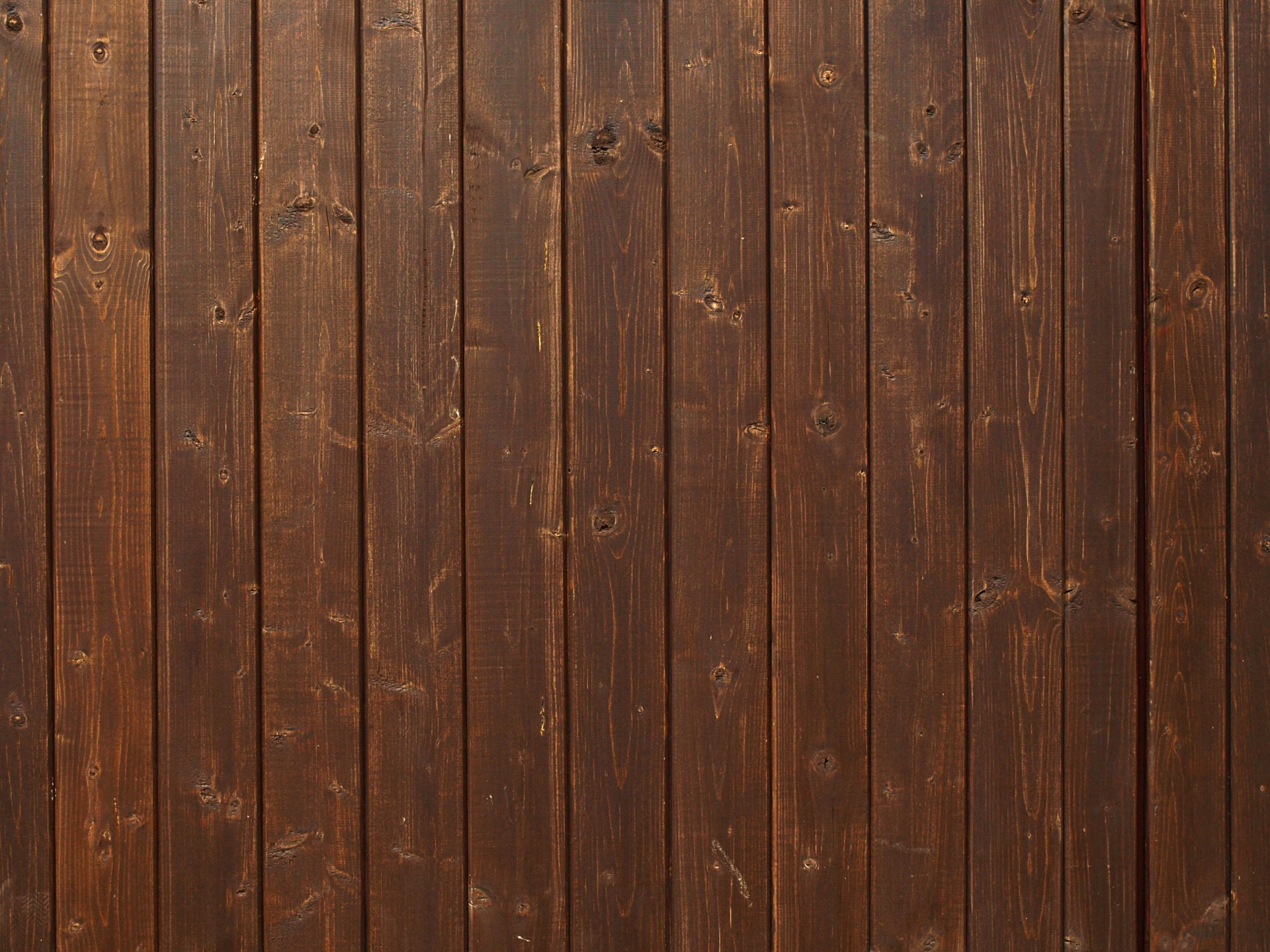
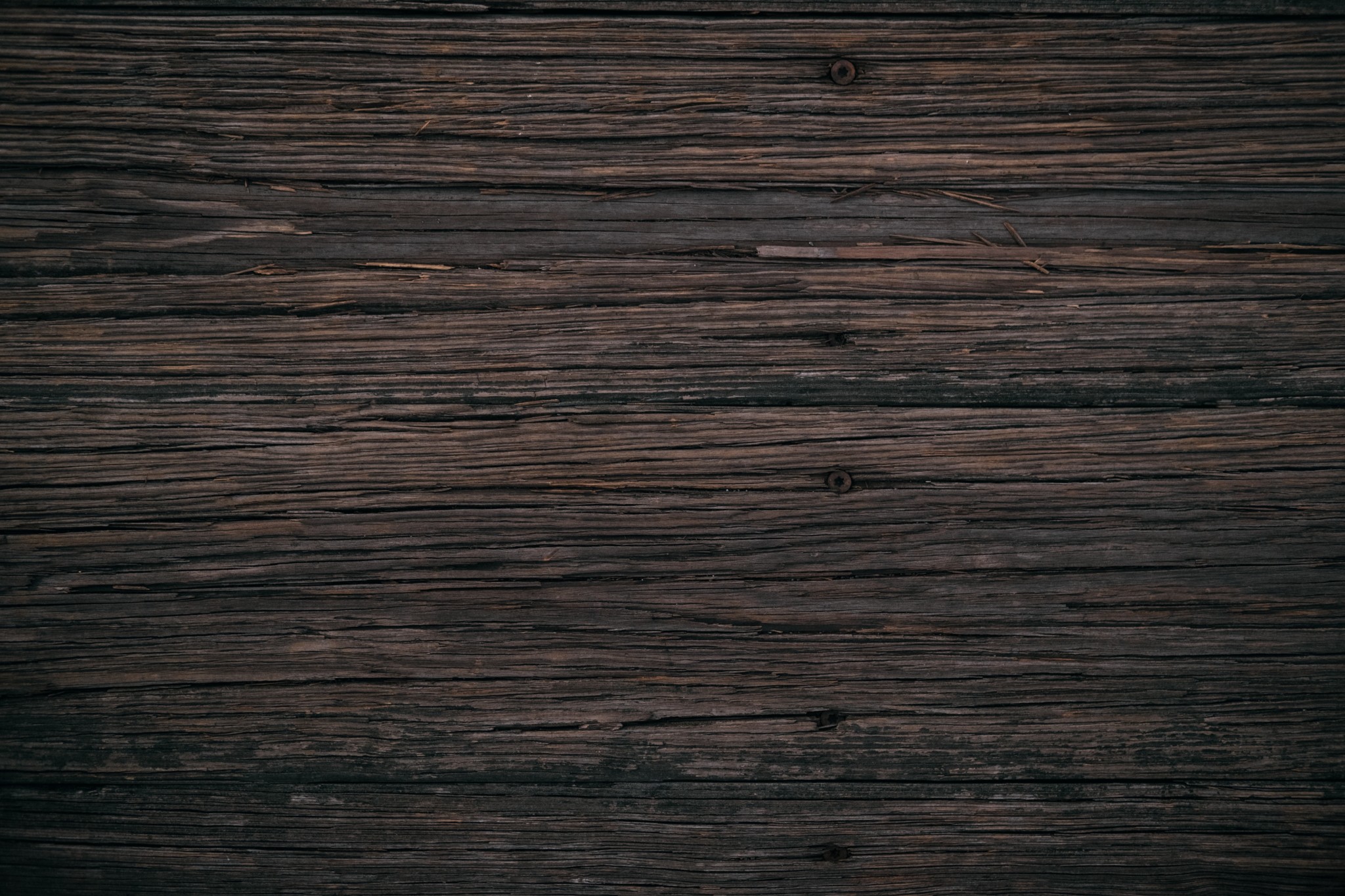
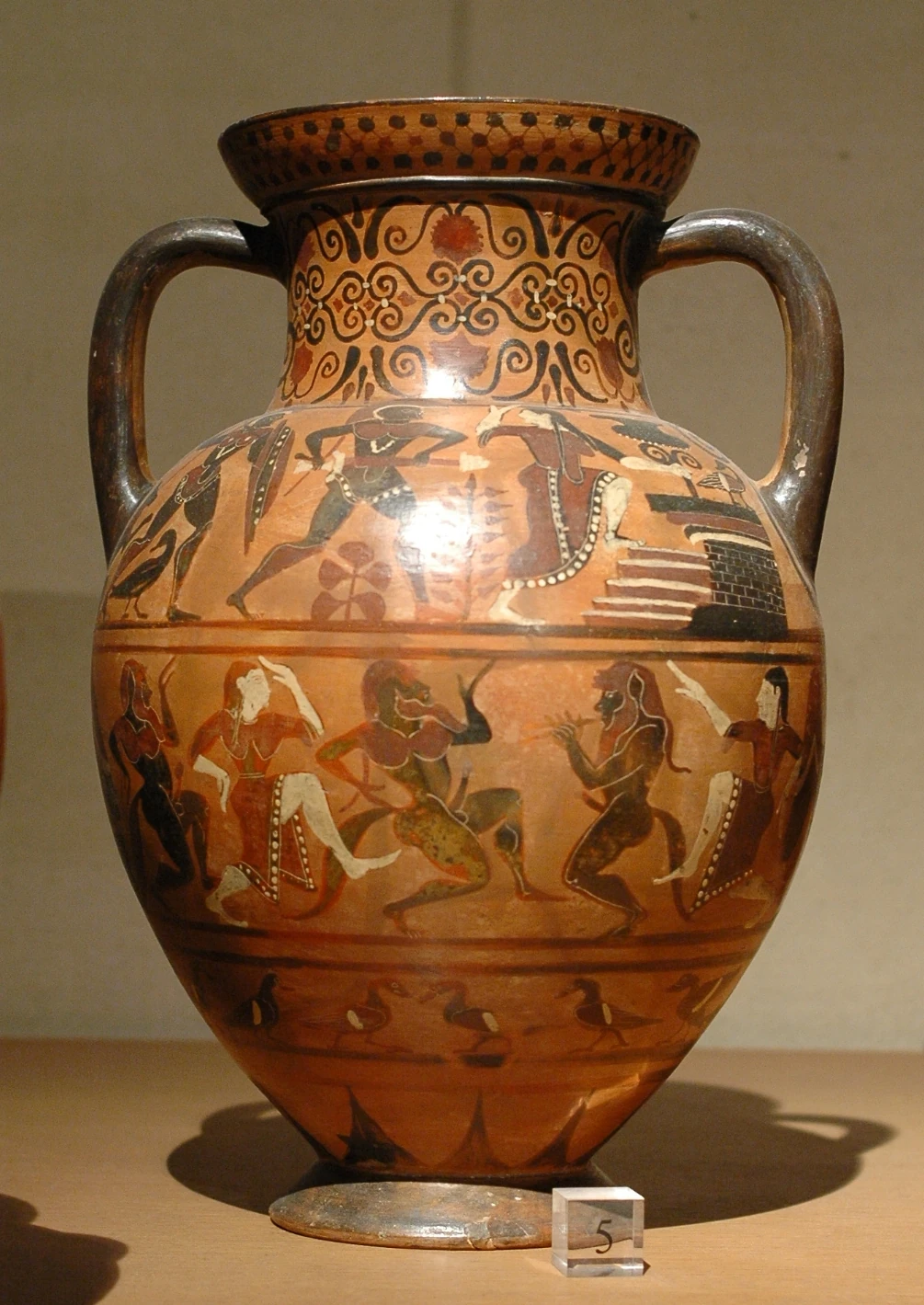
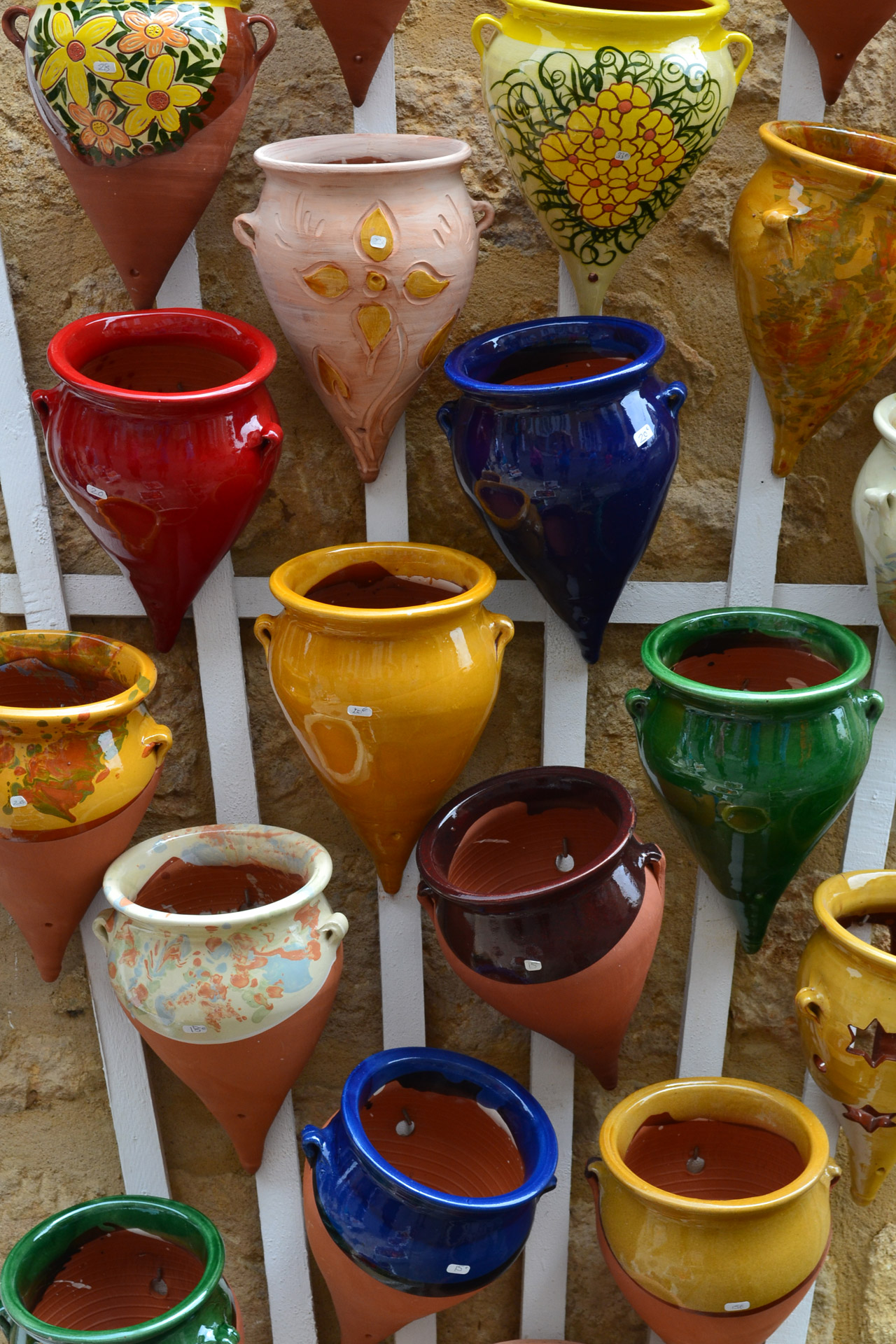
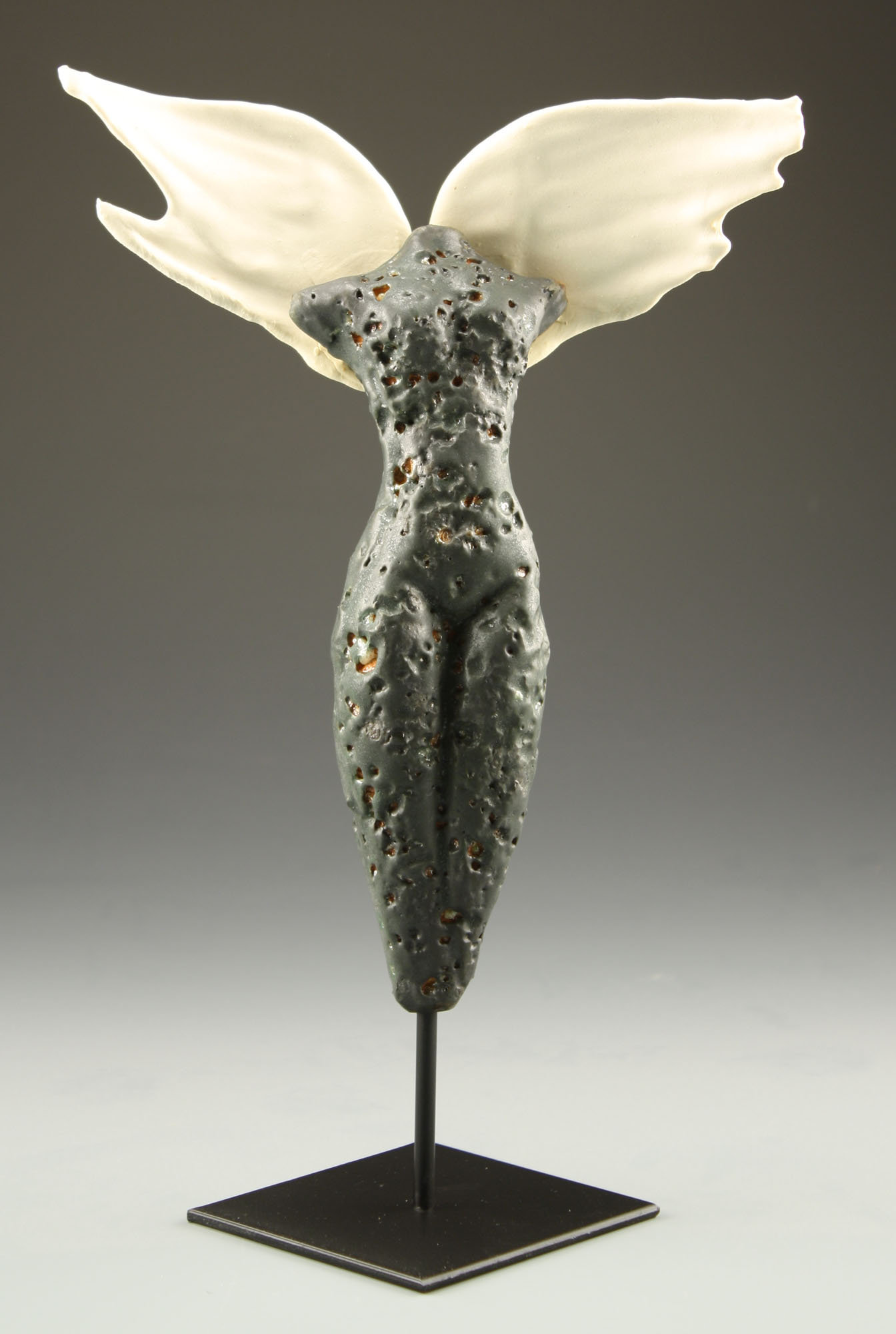


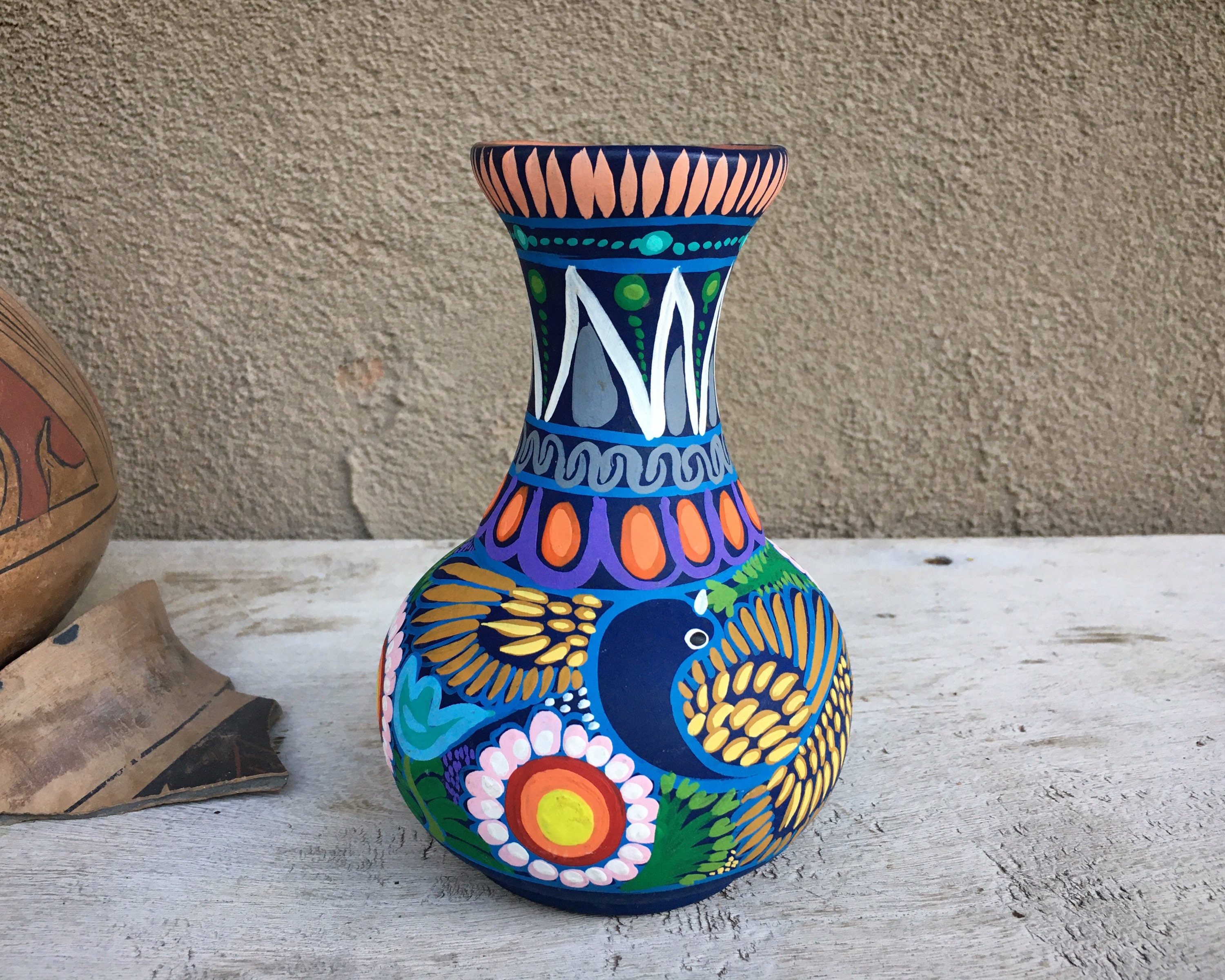

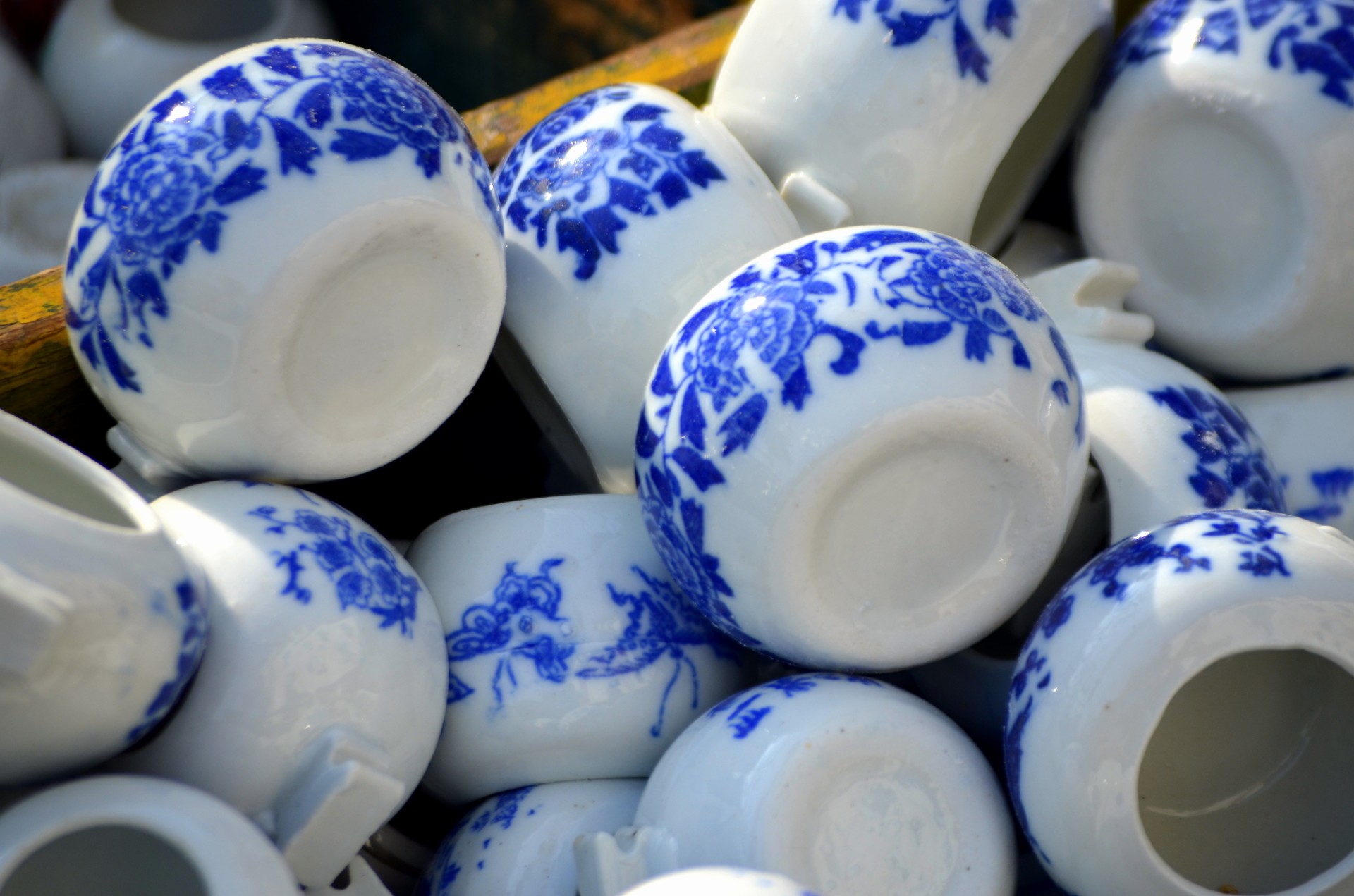


/Installing-Ceramic-Floor-Tile-86464768-583ffd0d5f9b5851e5eac8c0.jpg)




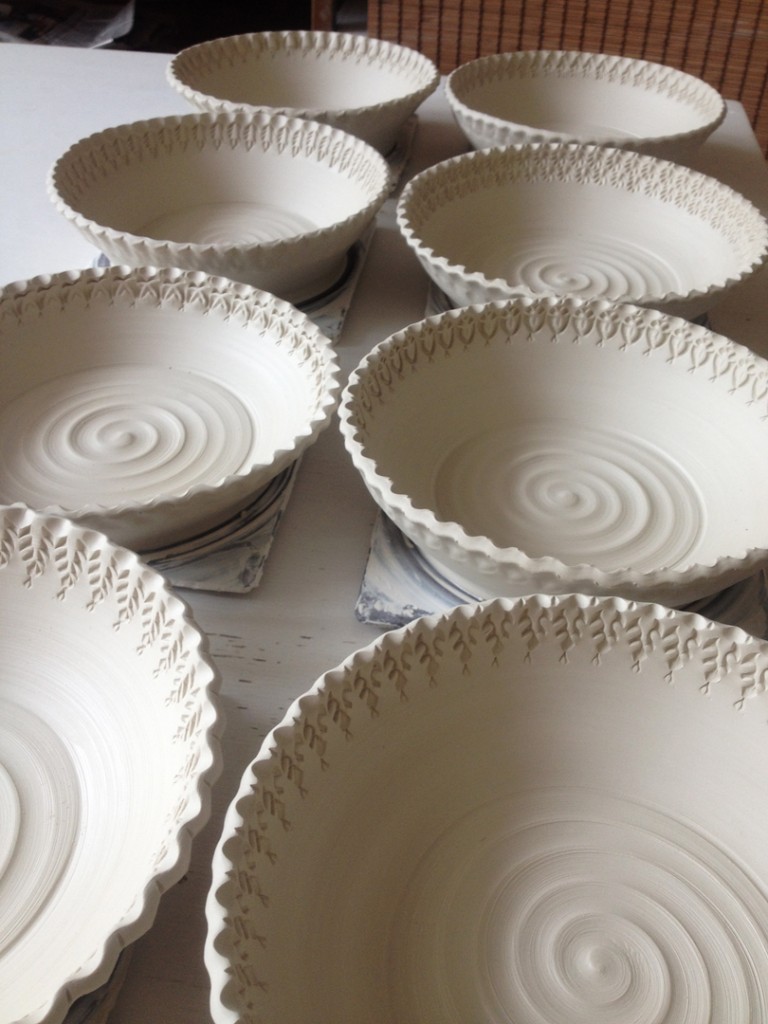



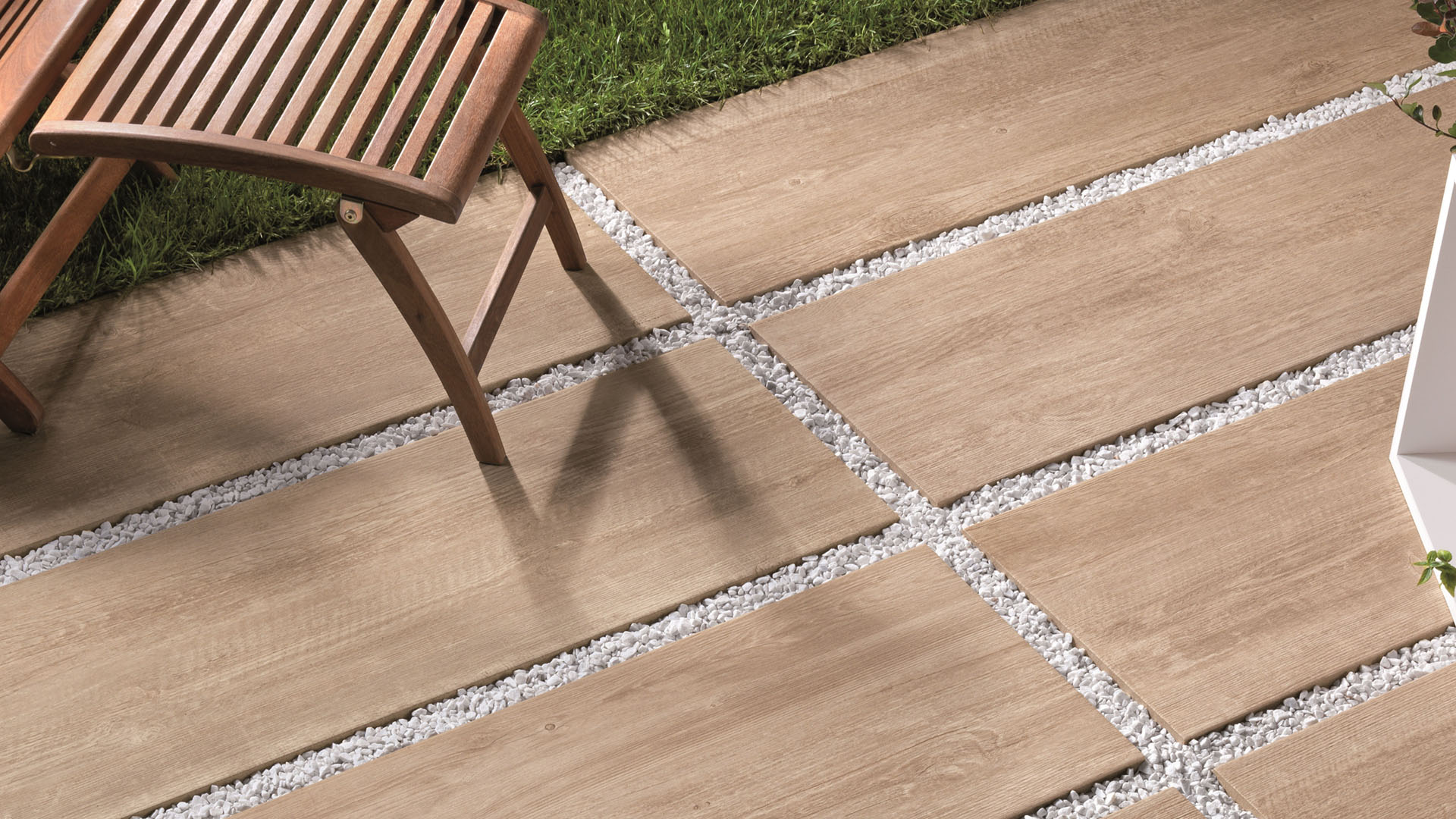

.jpg)






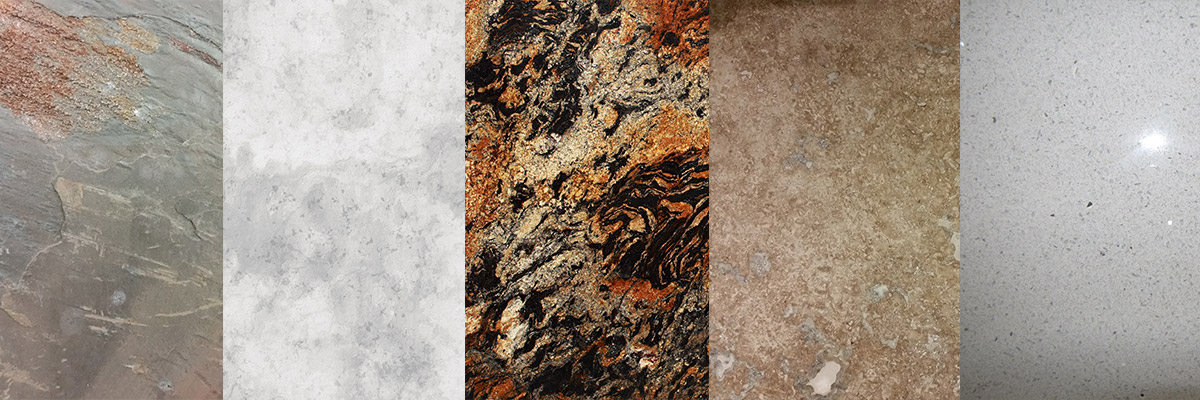
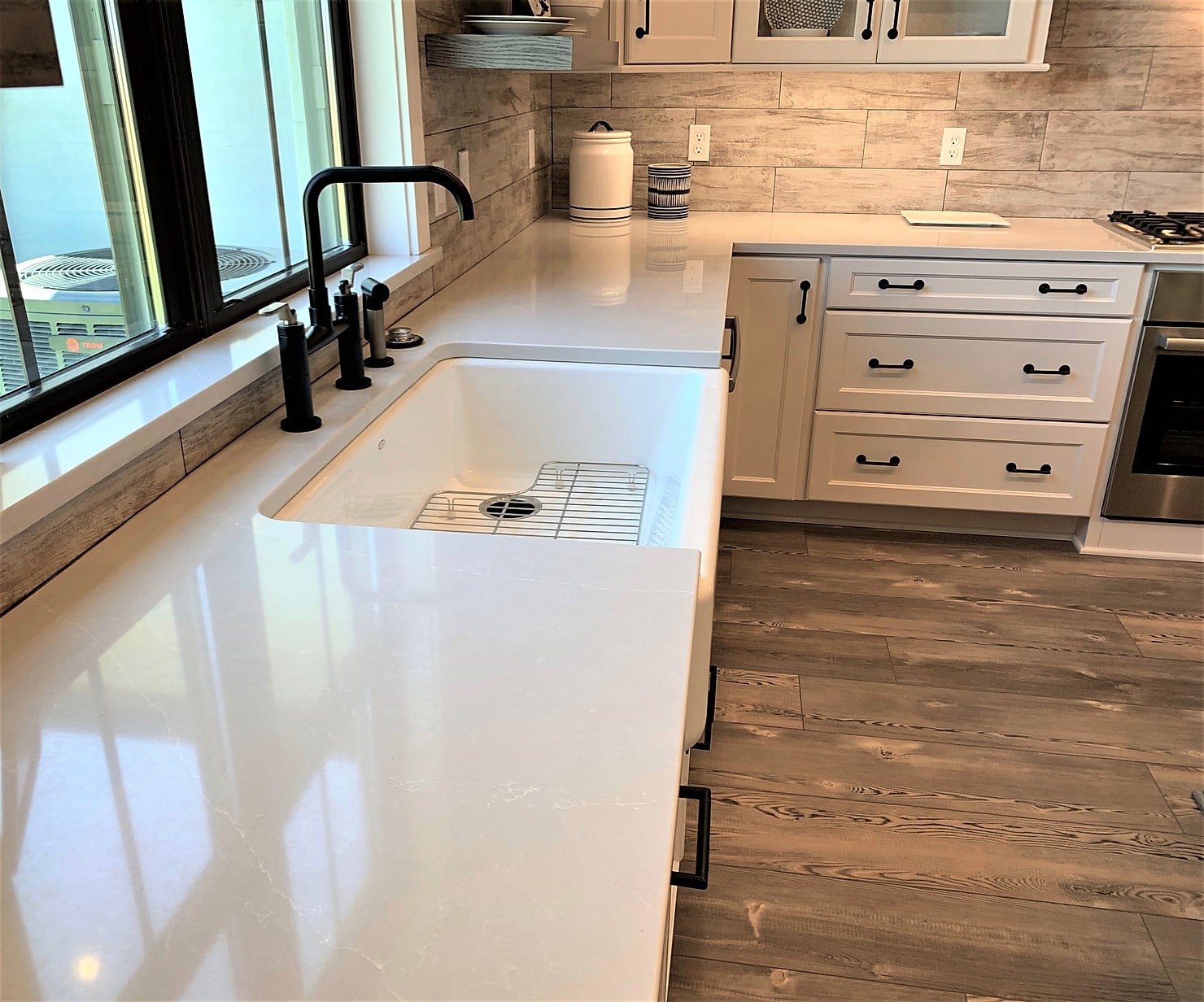
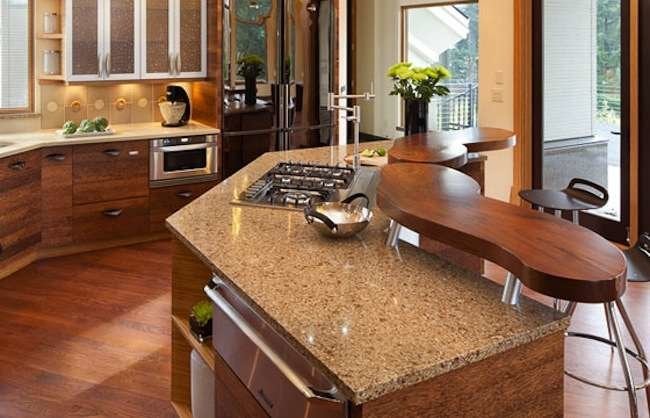




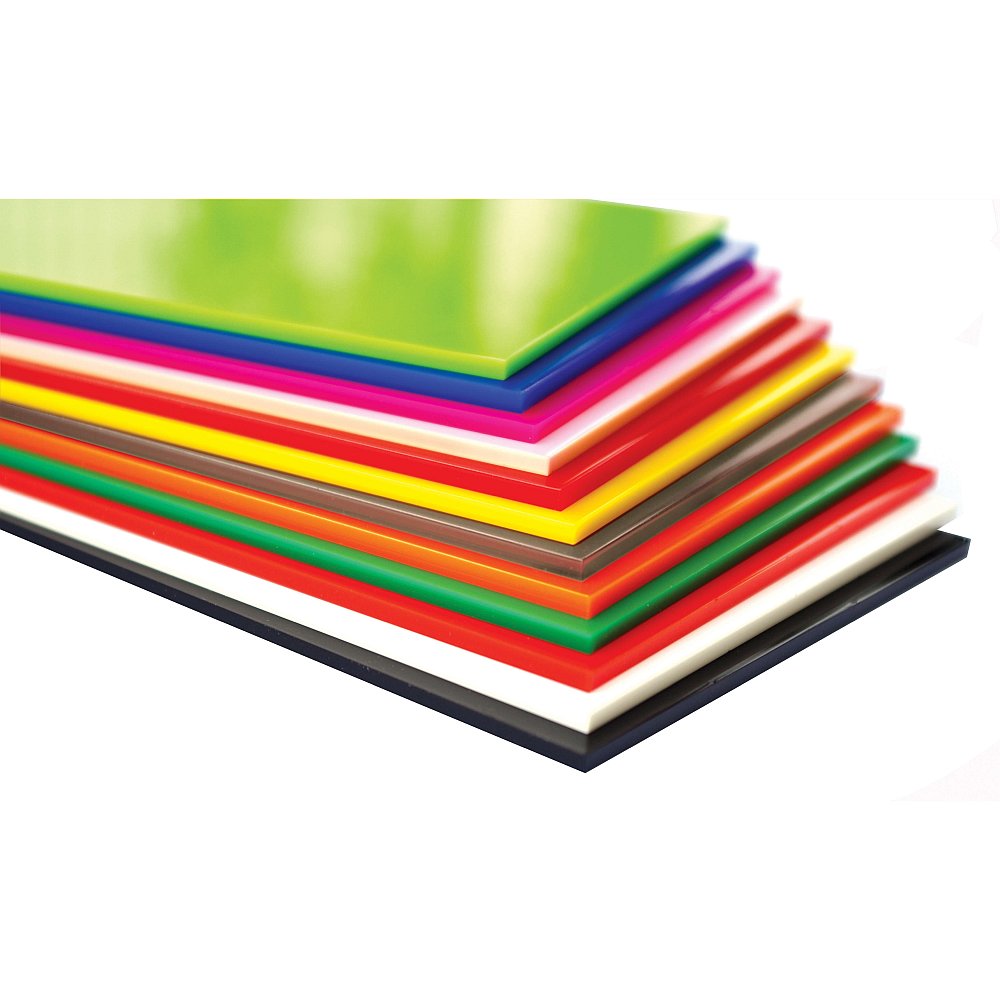
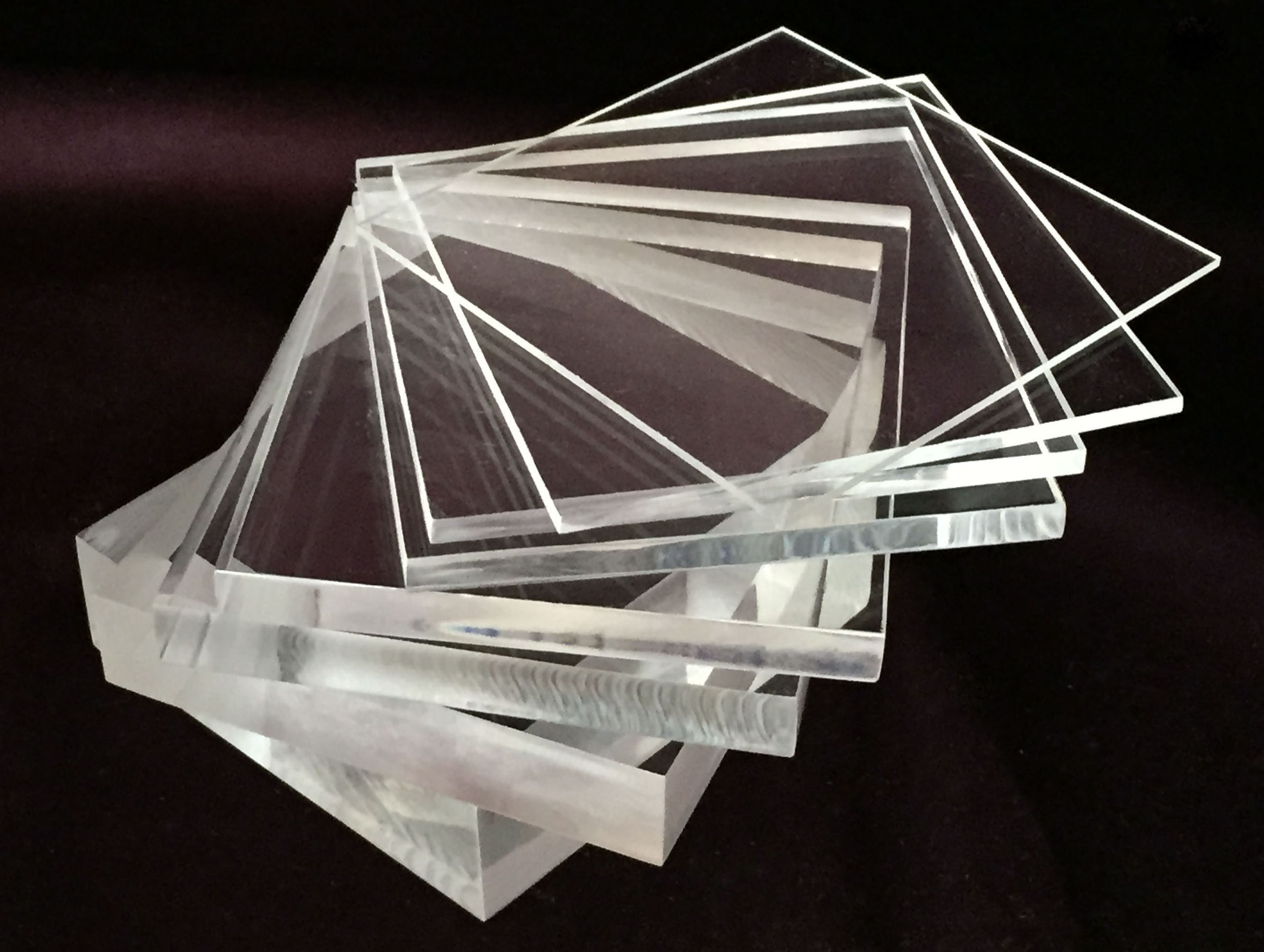


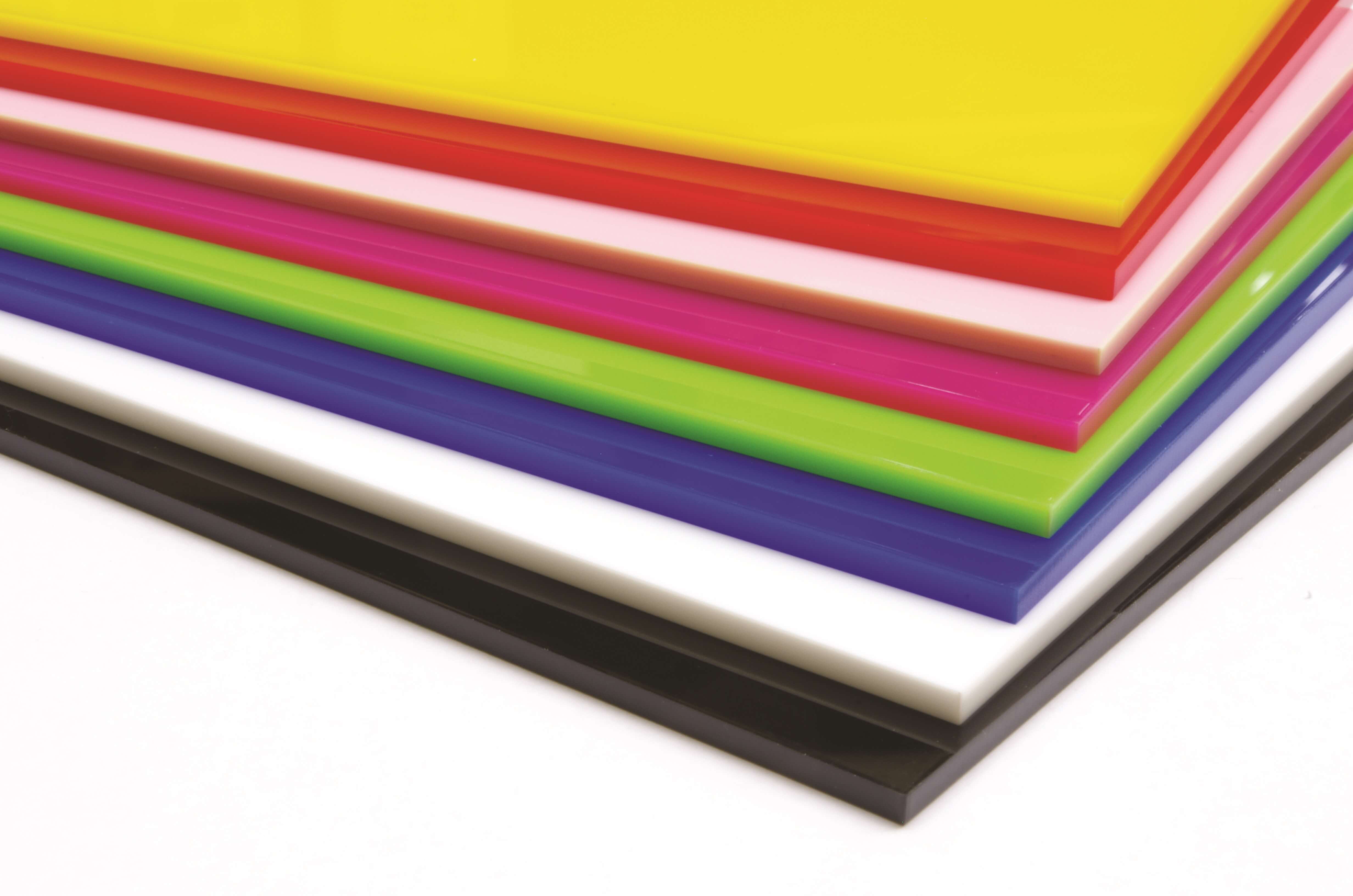
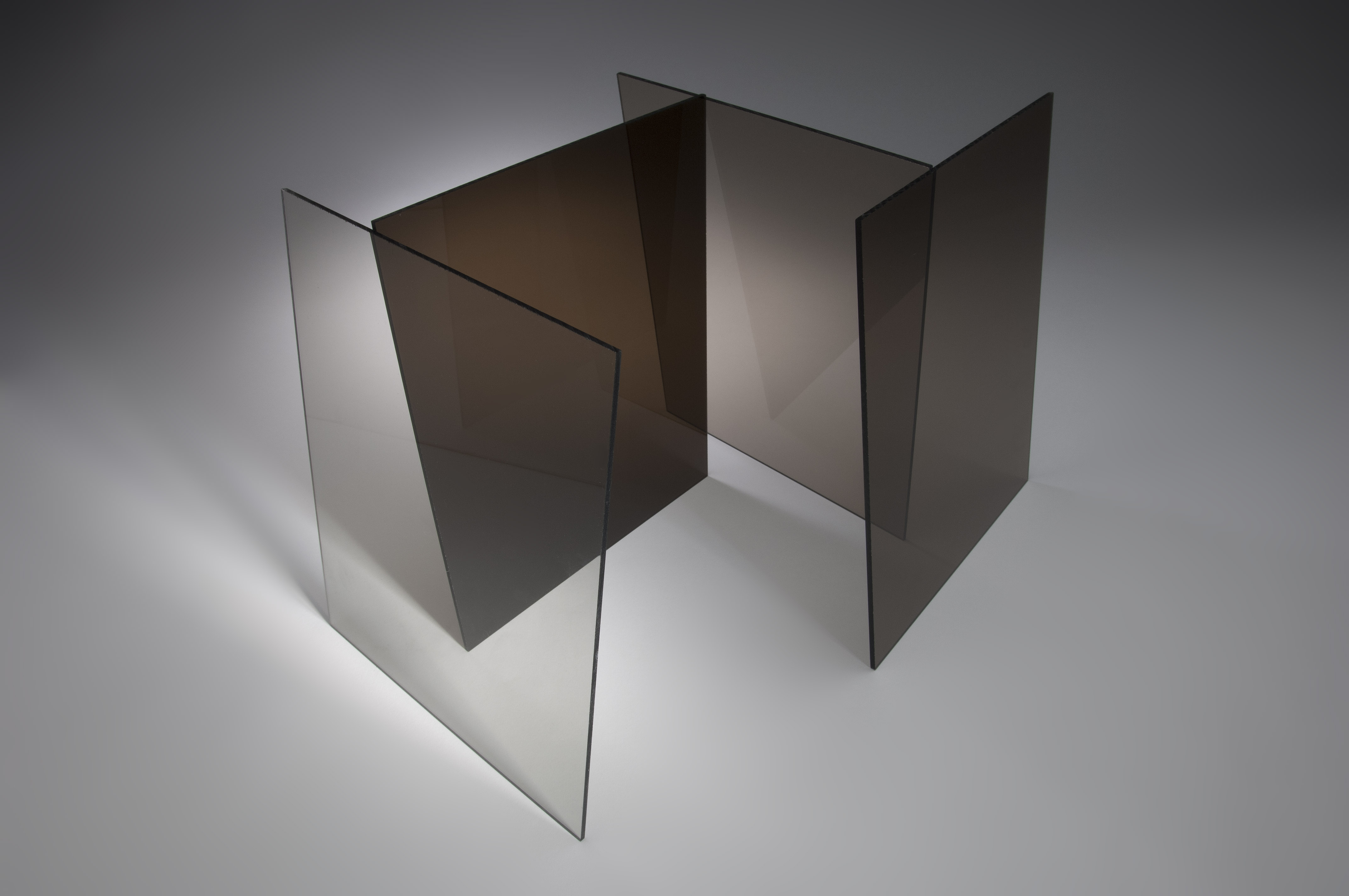
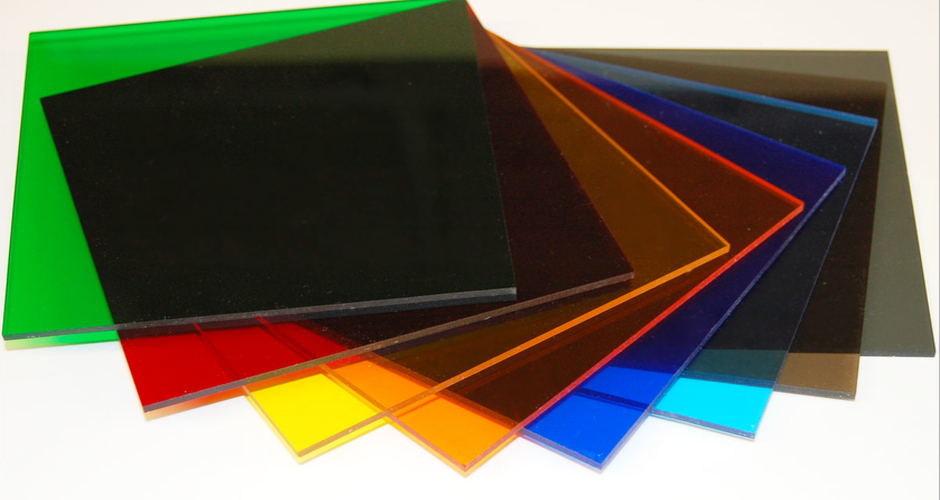
/acrylicpainttips_Beginners-56a6e7a65f9b58b7d0e56af3.jpg)
